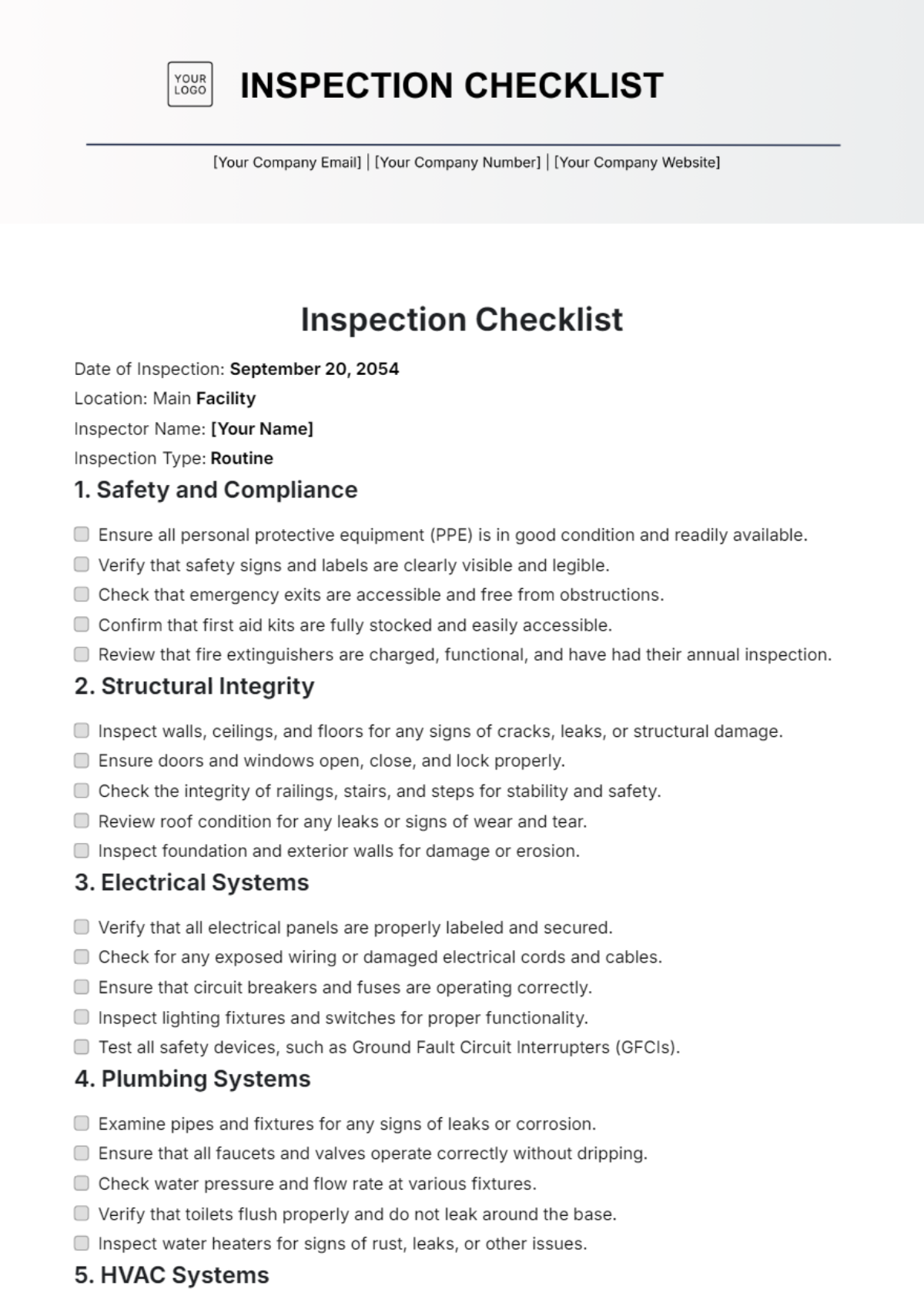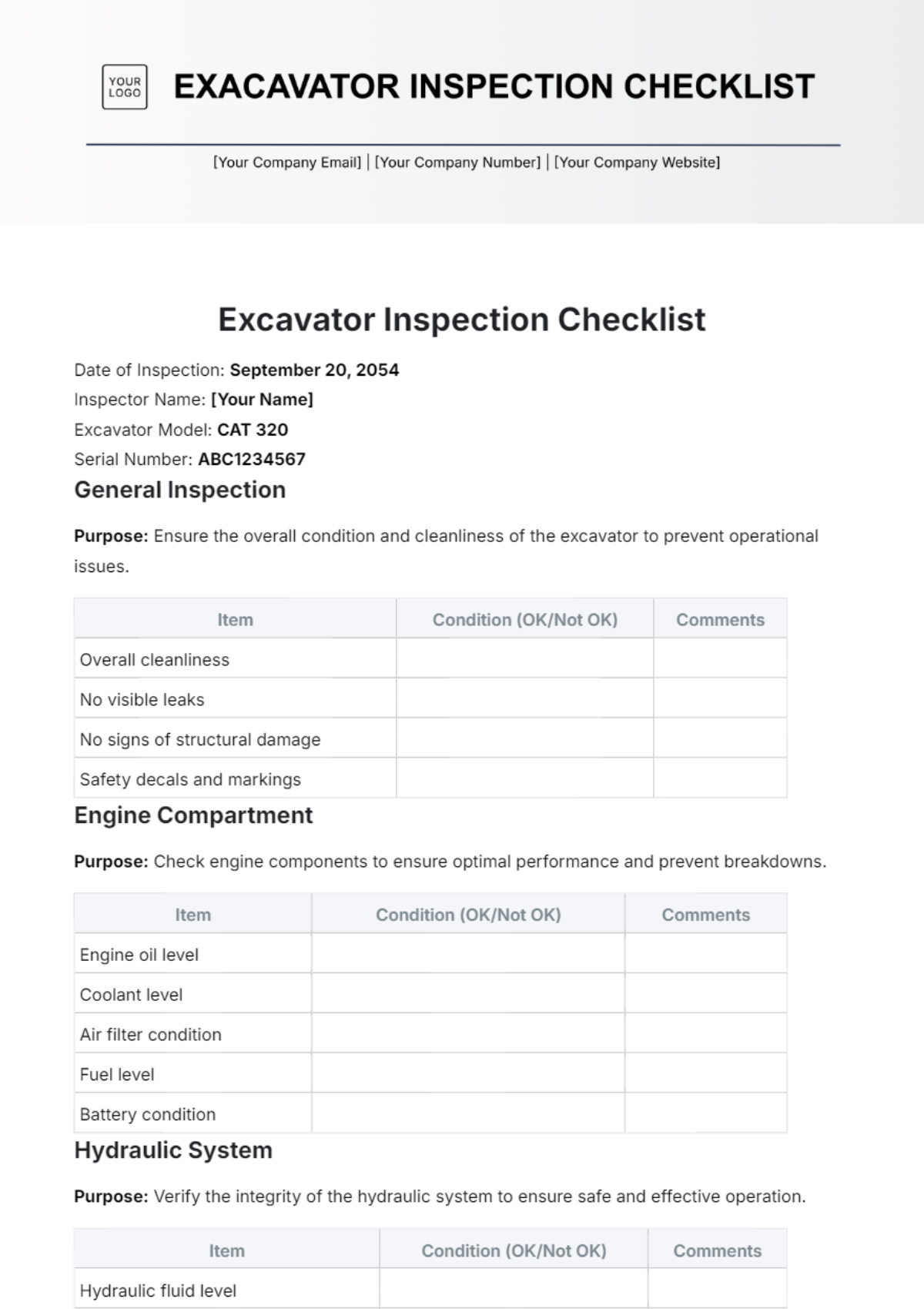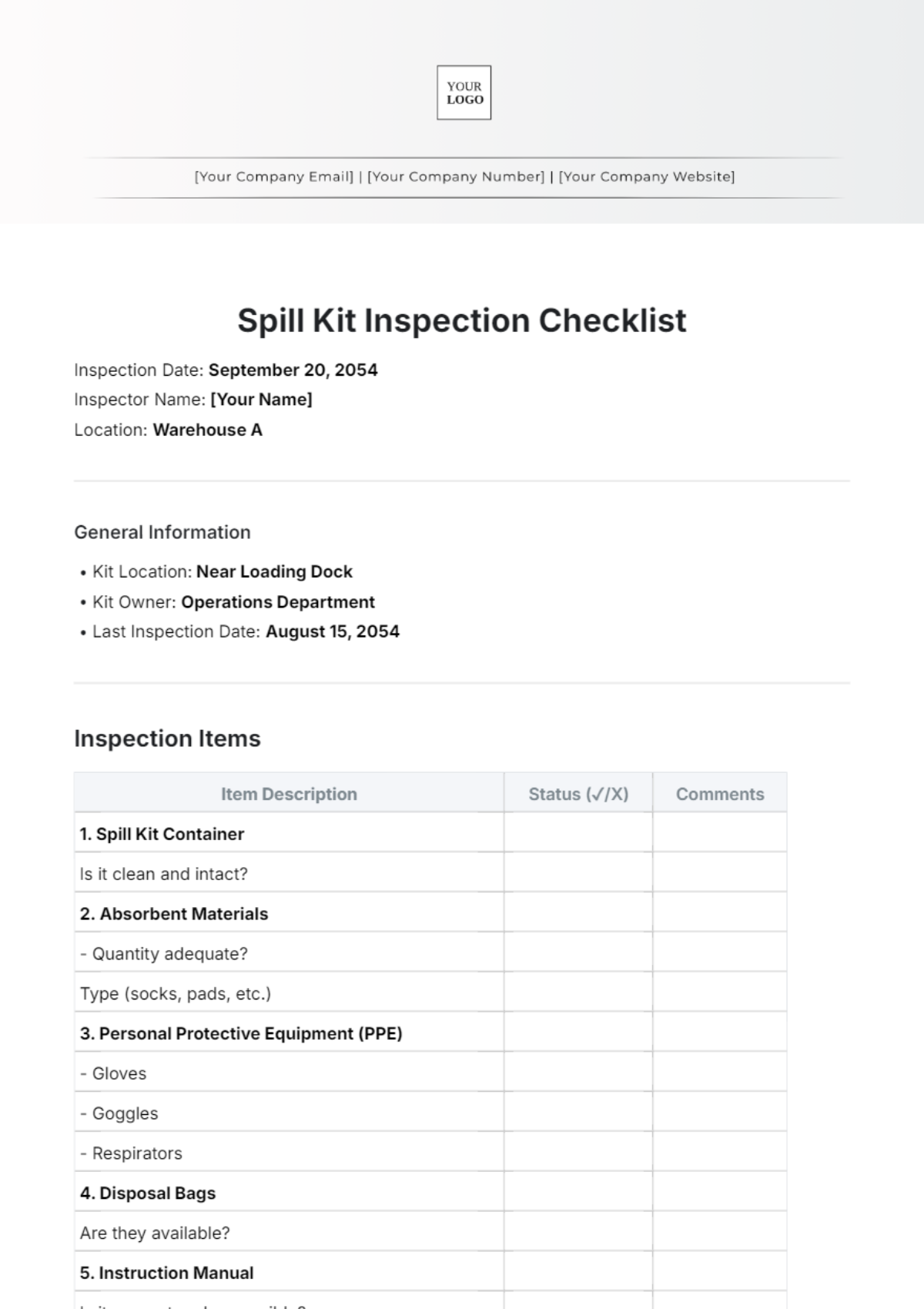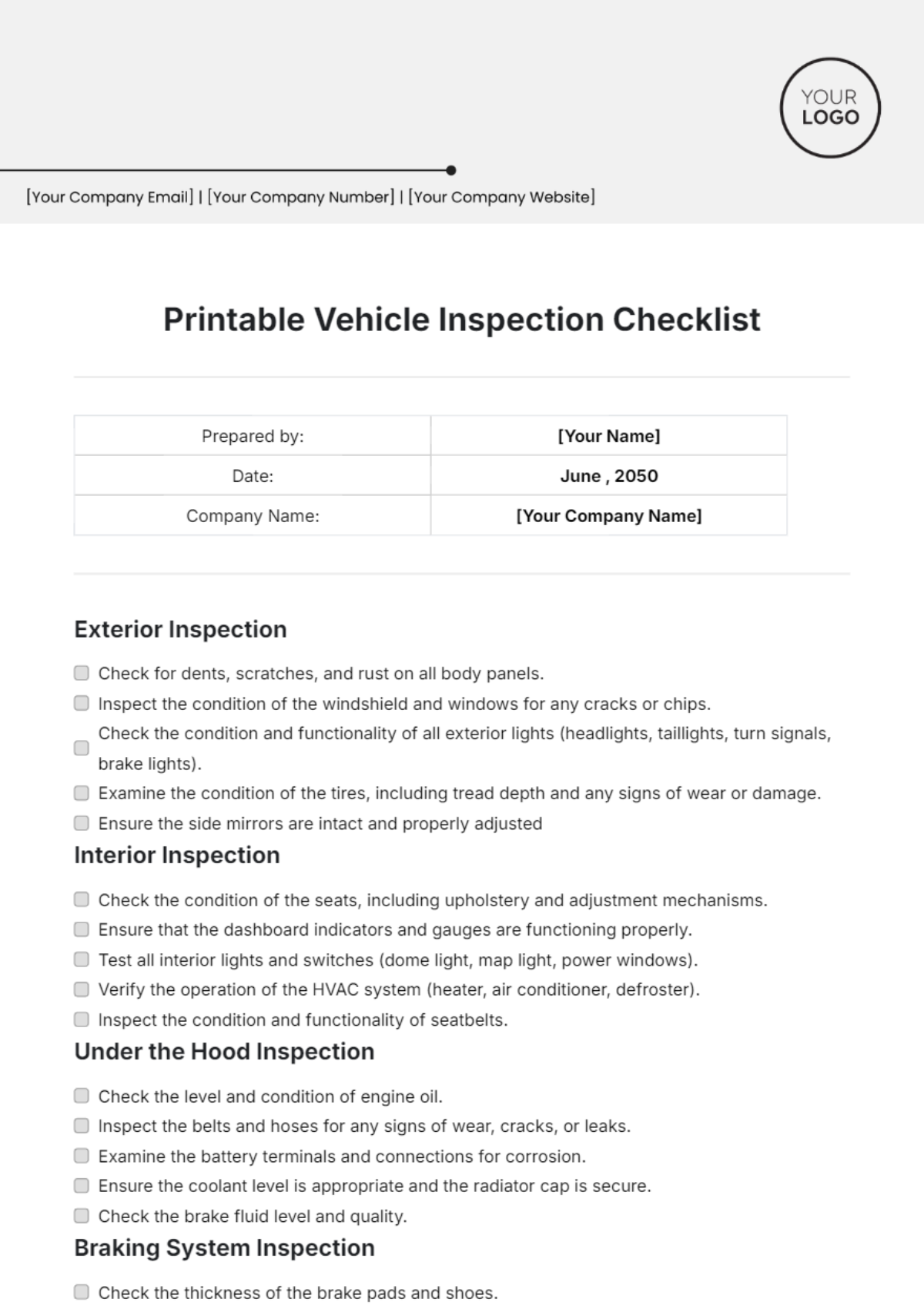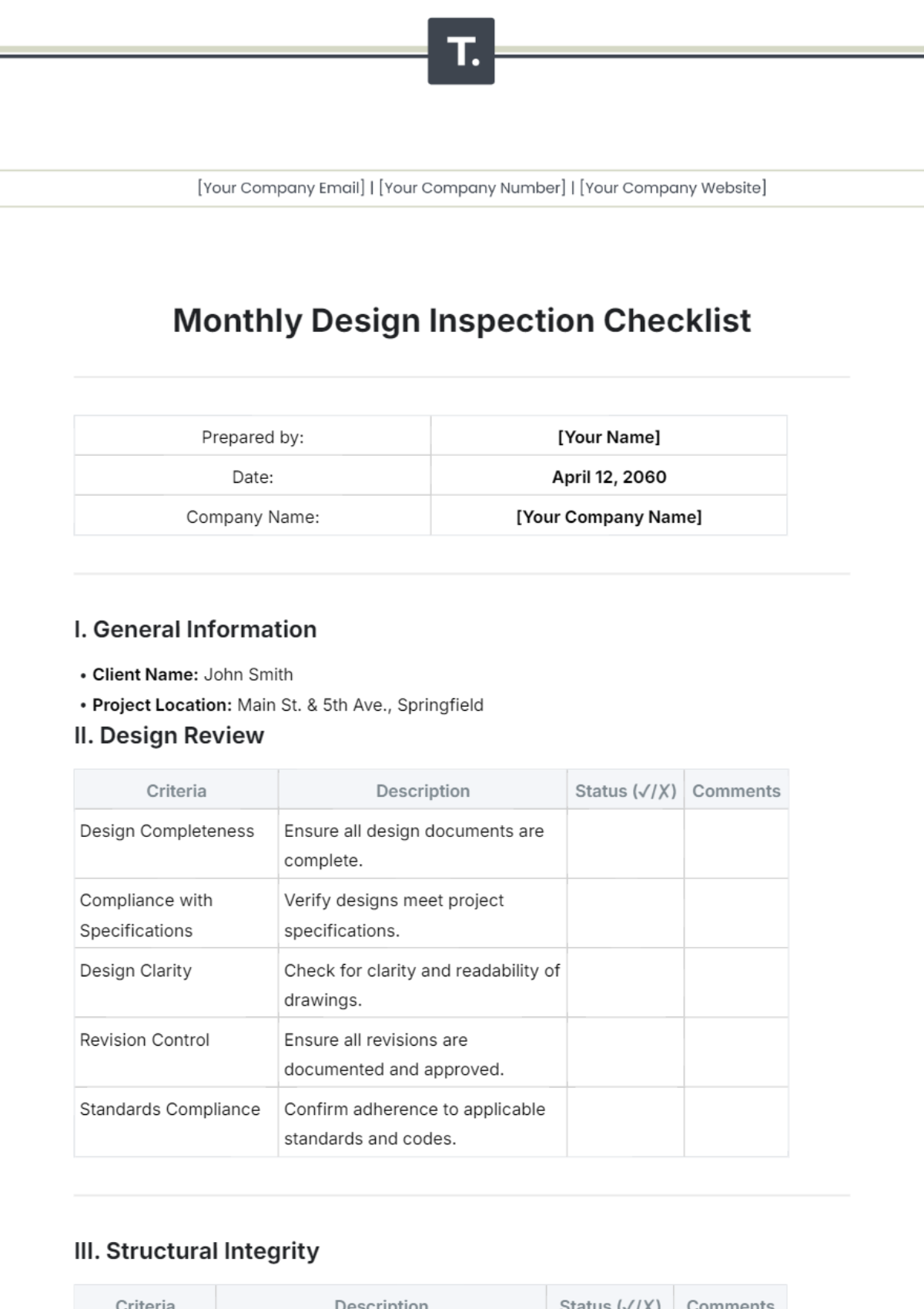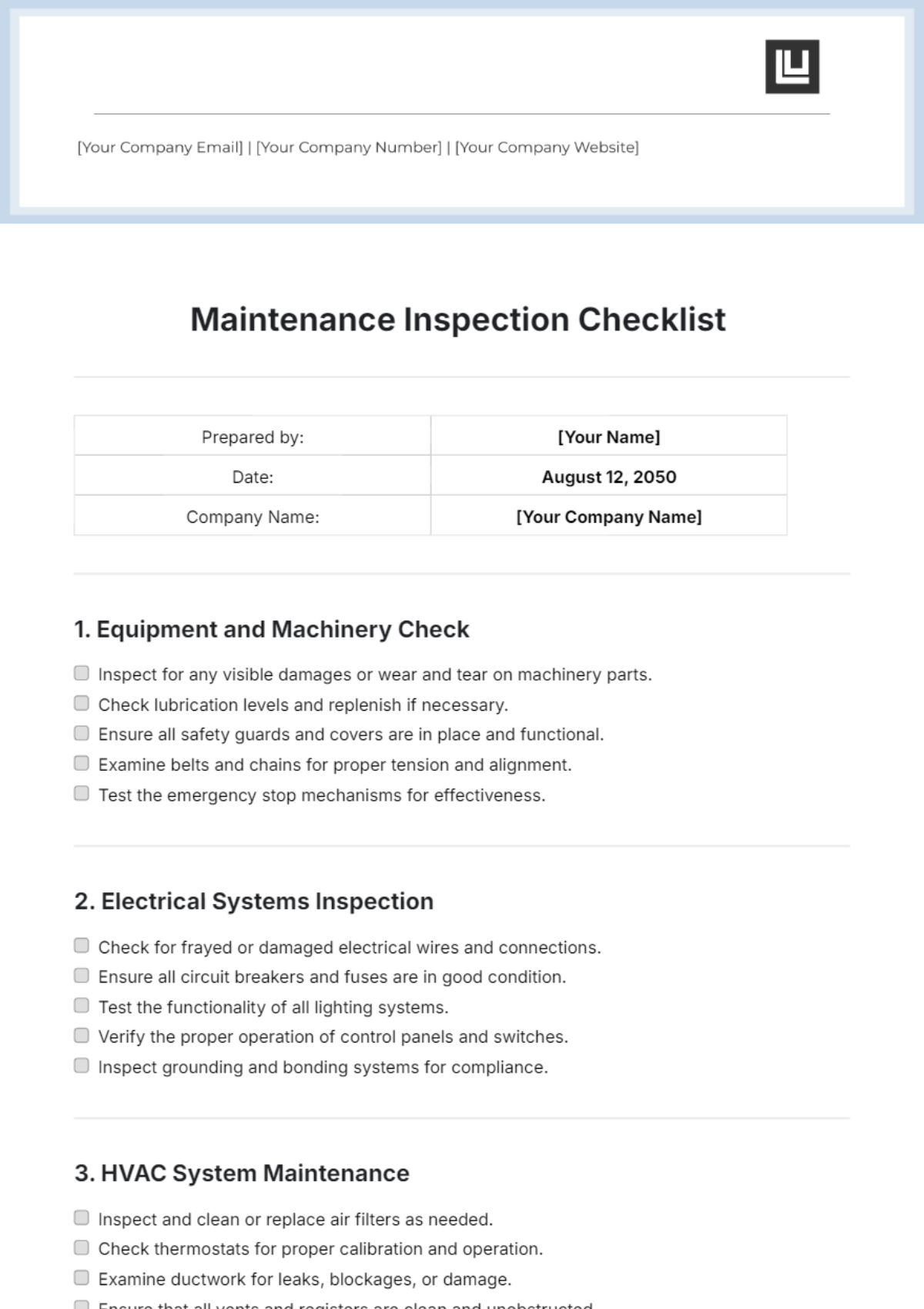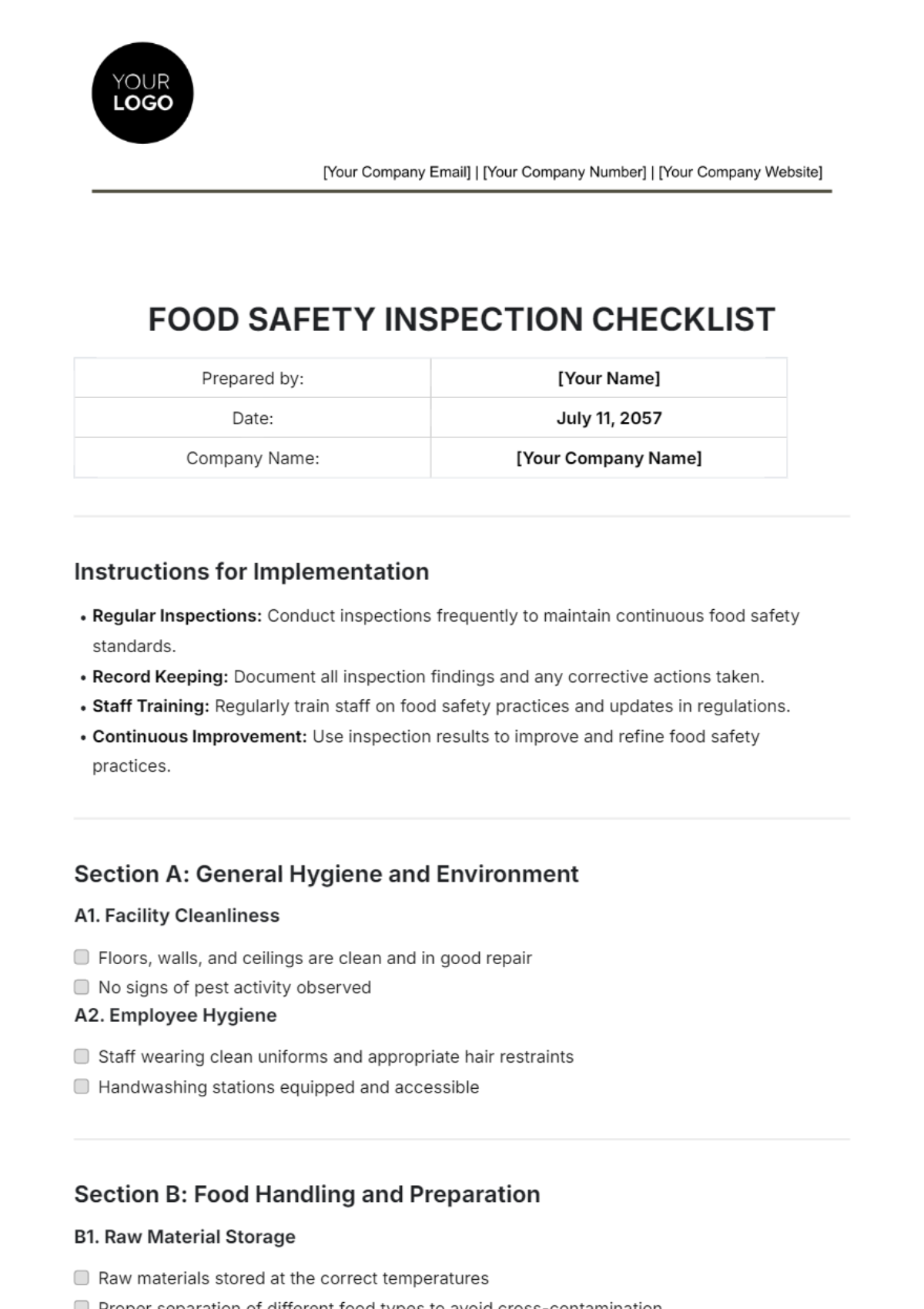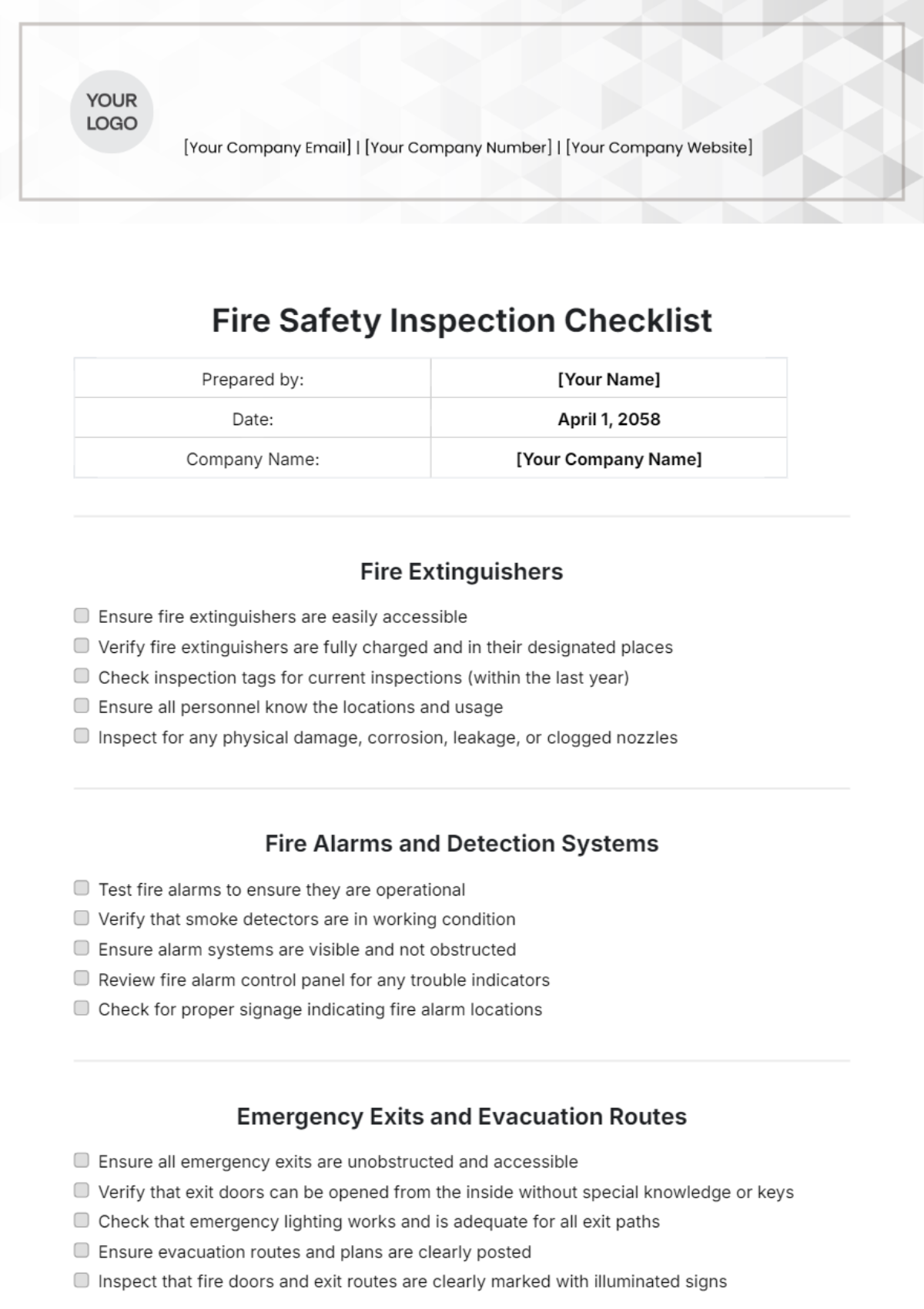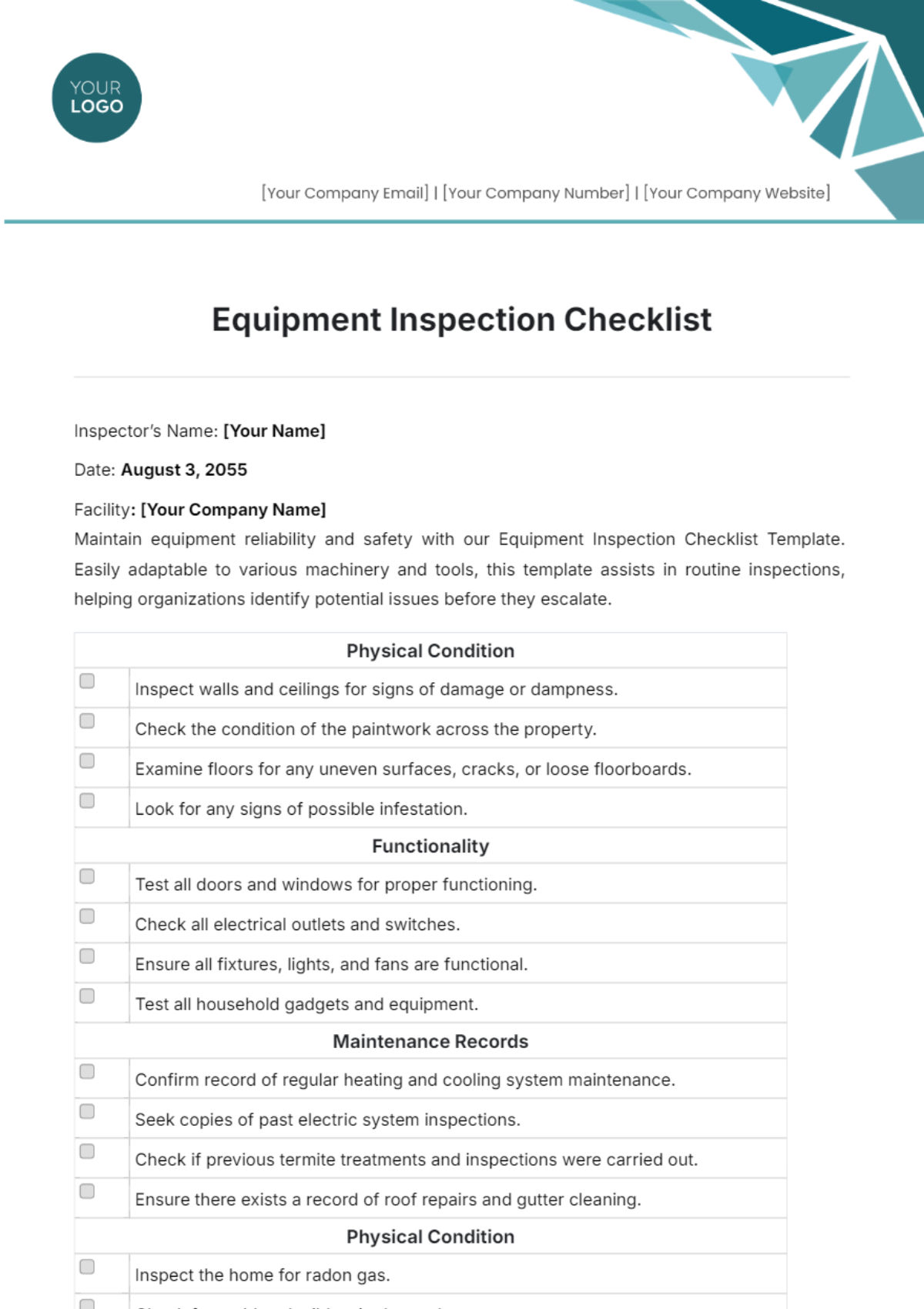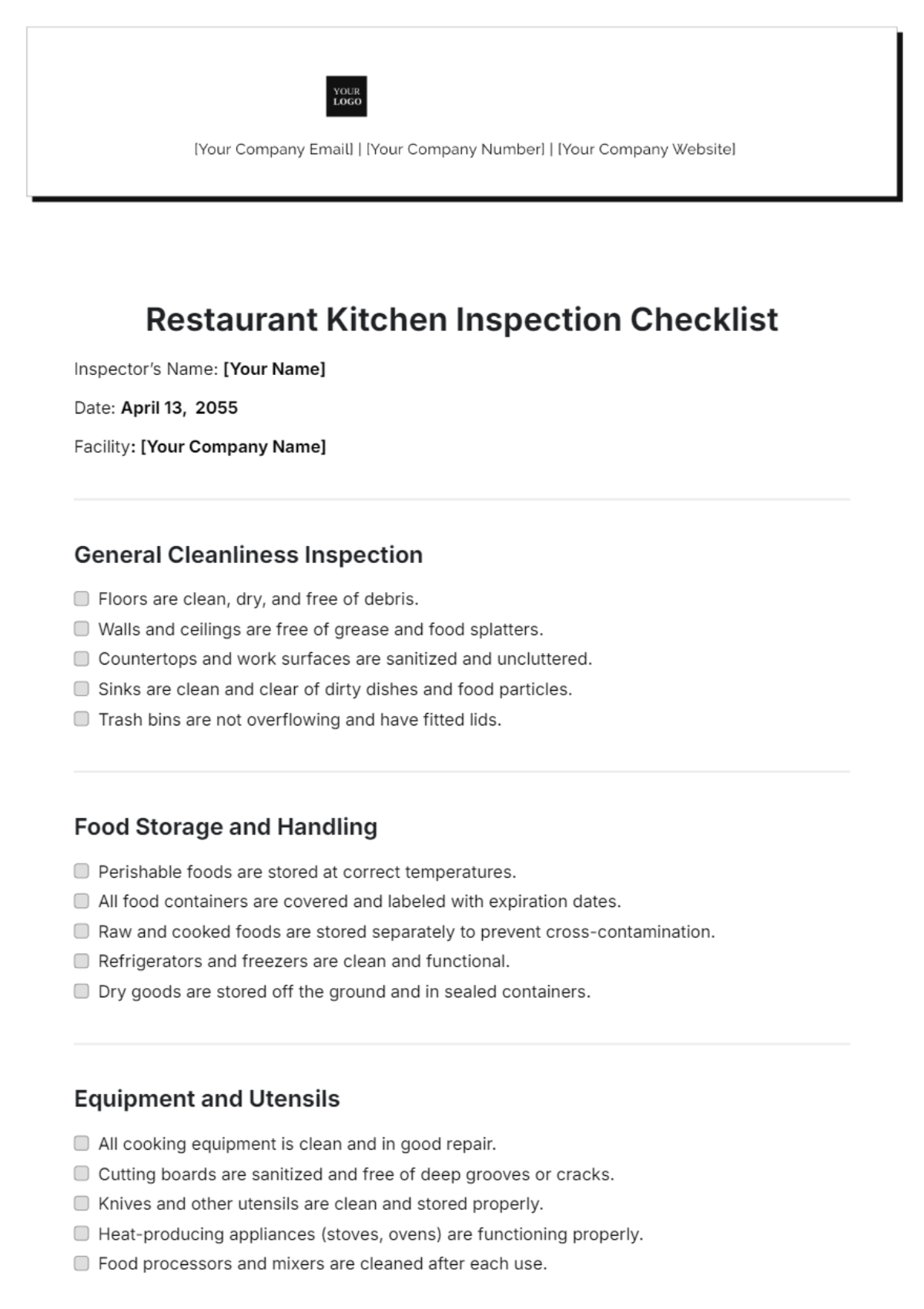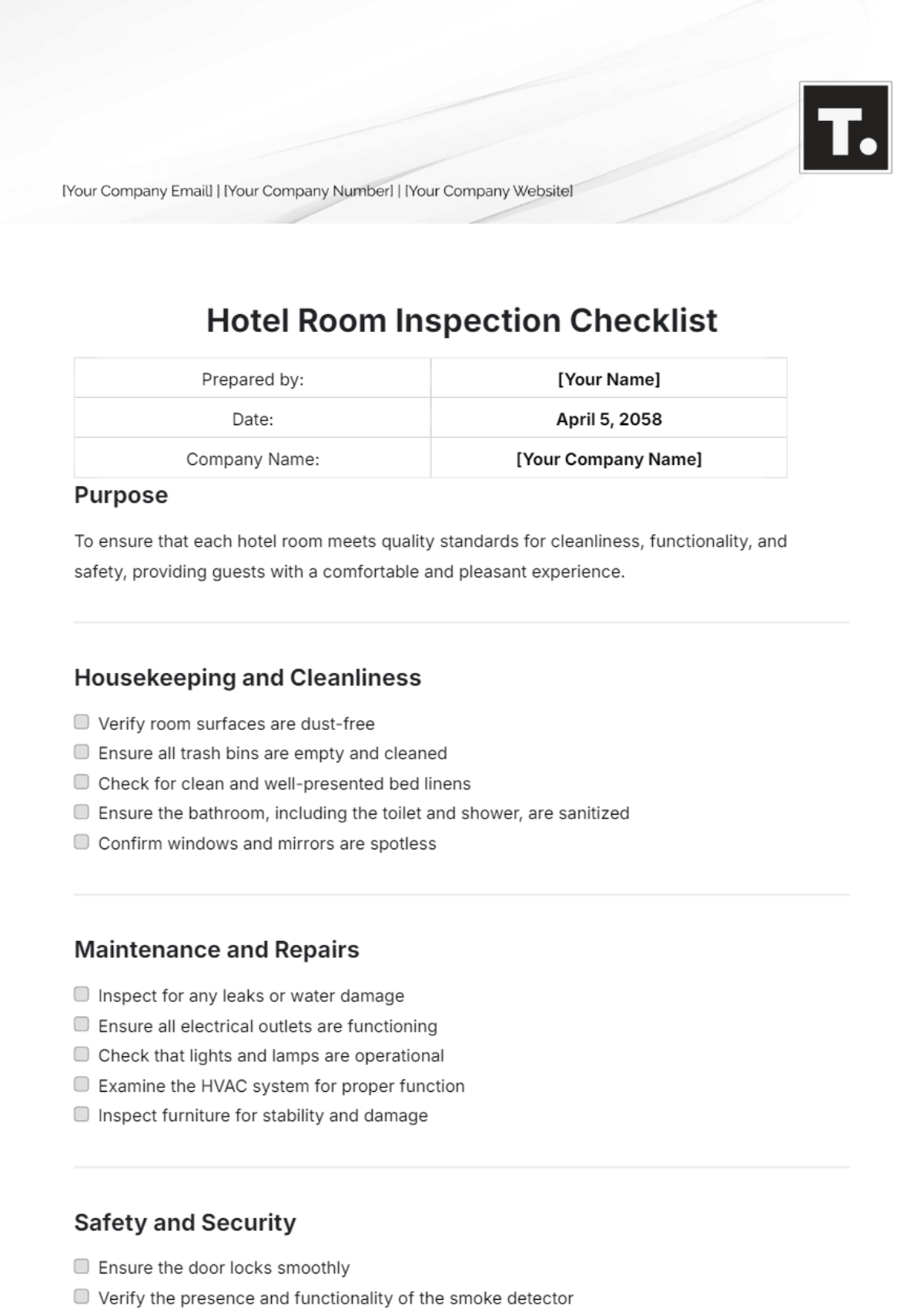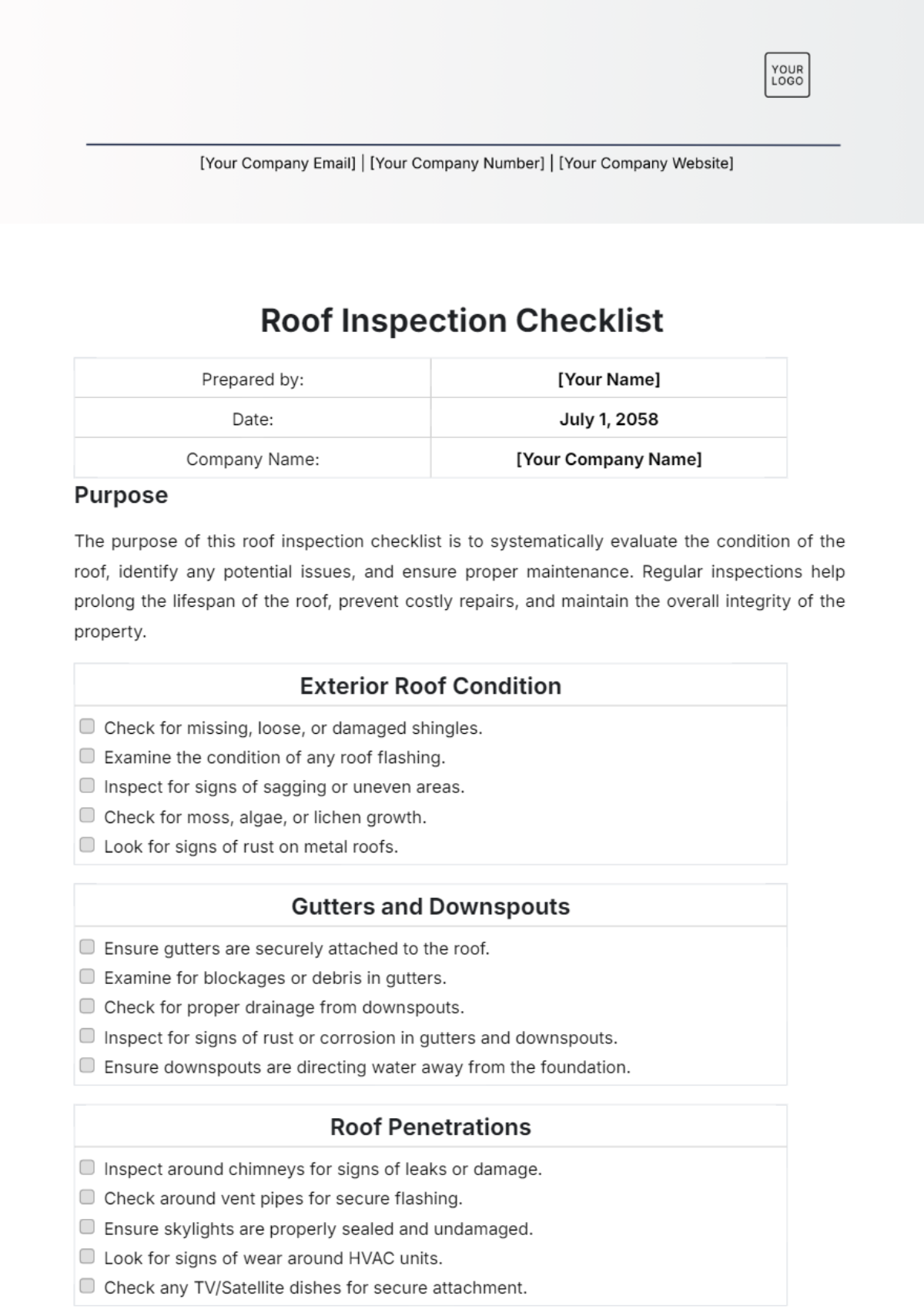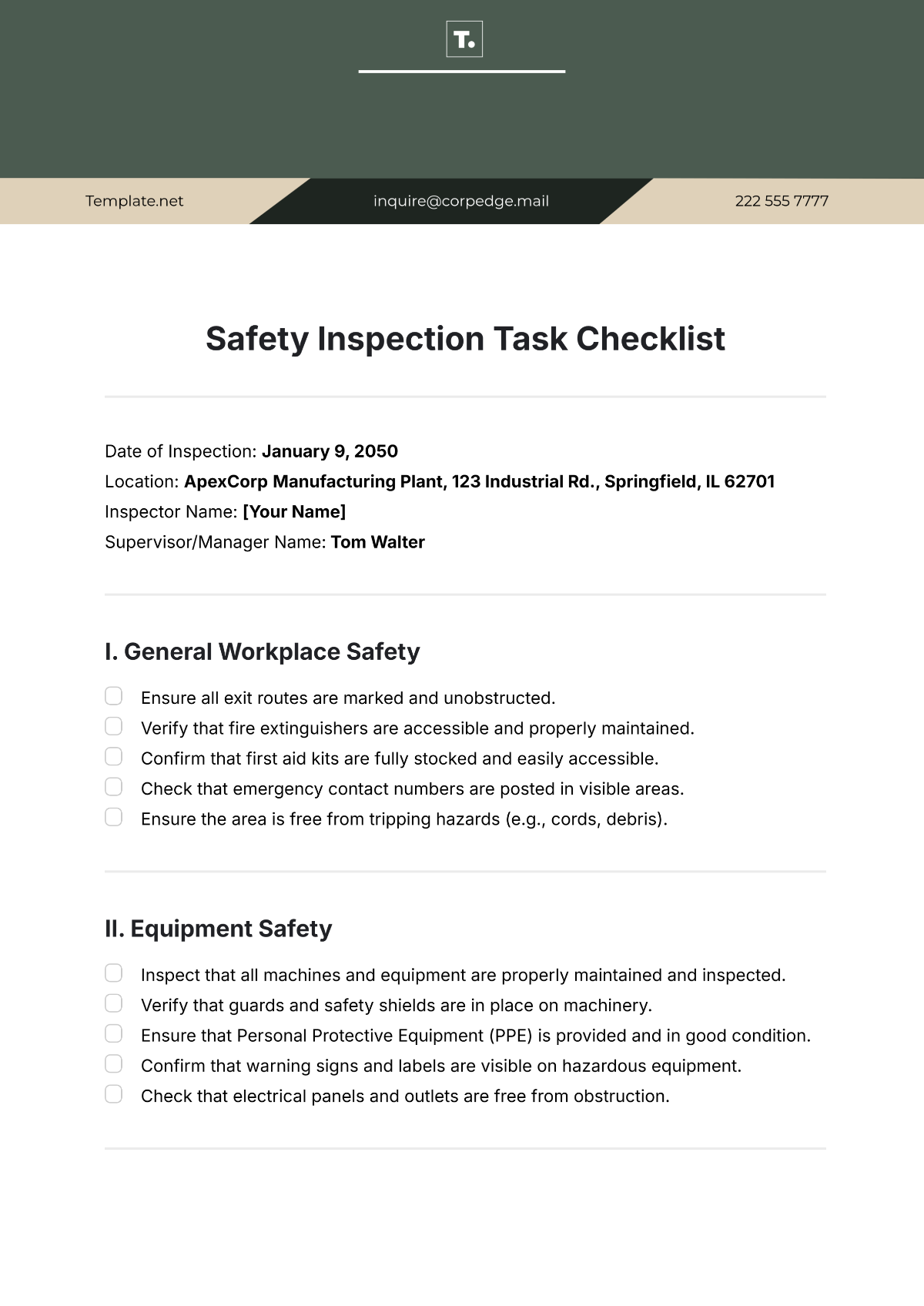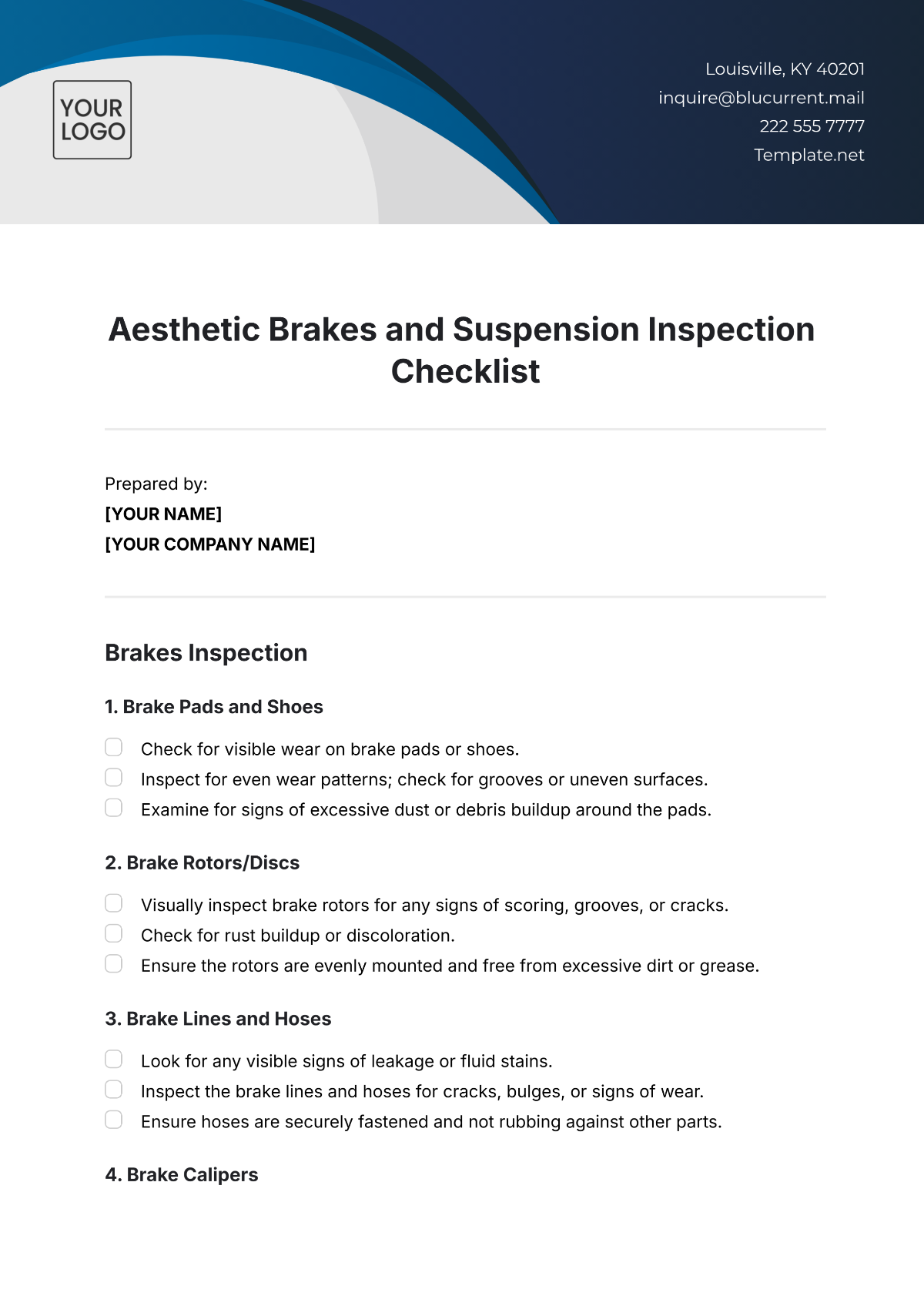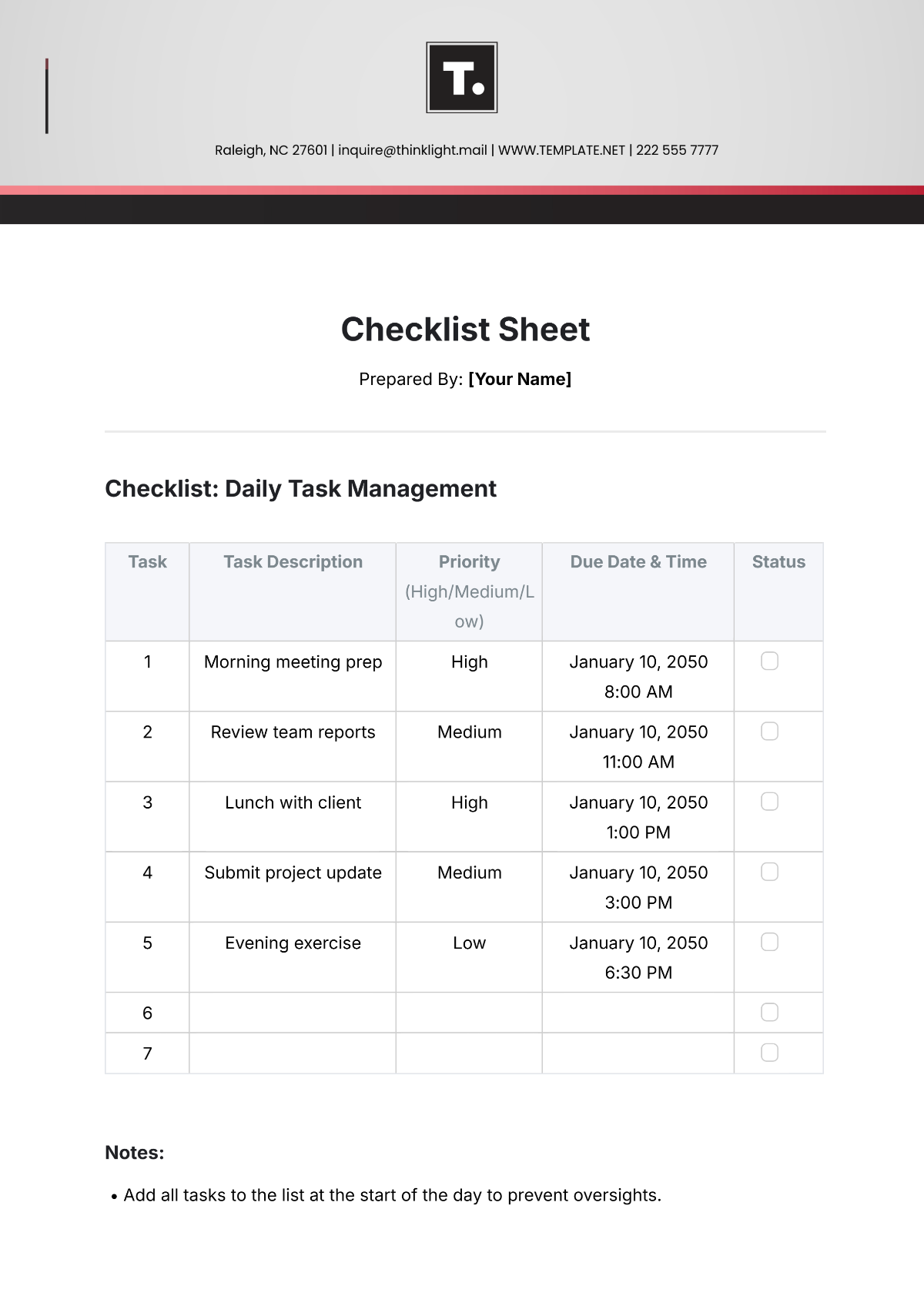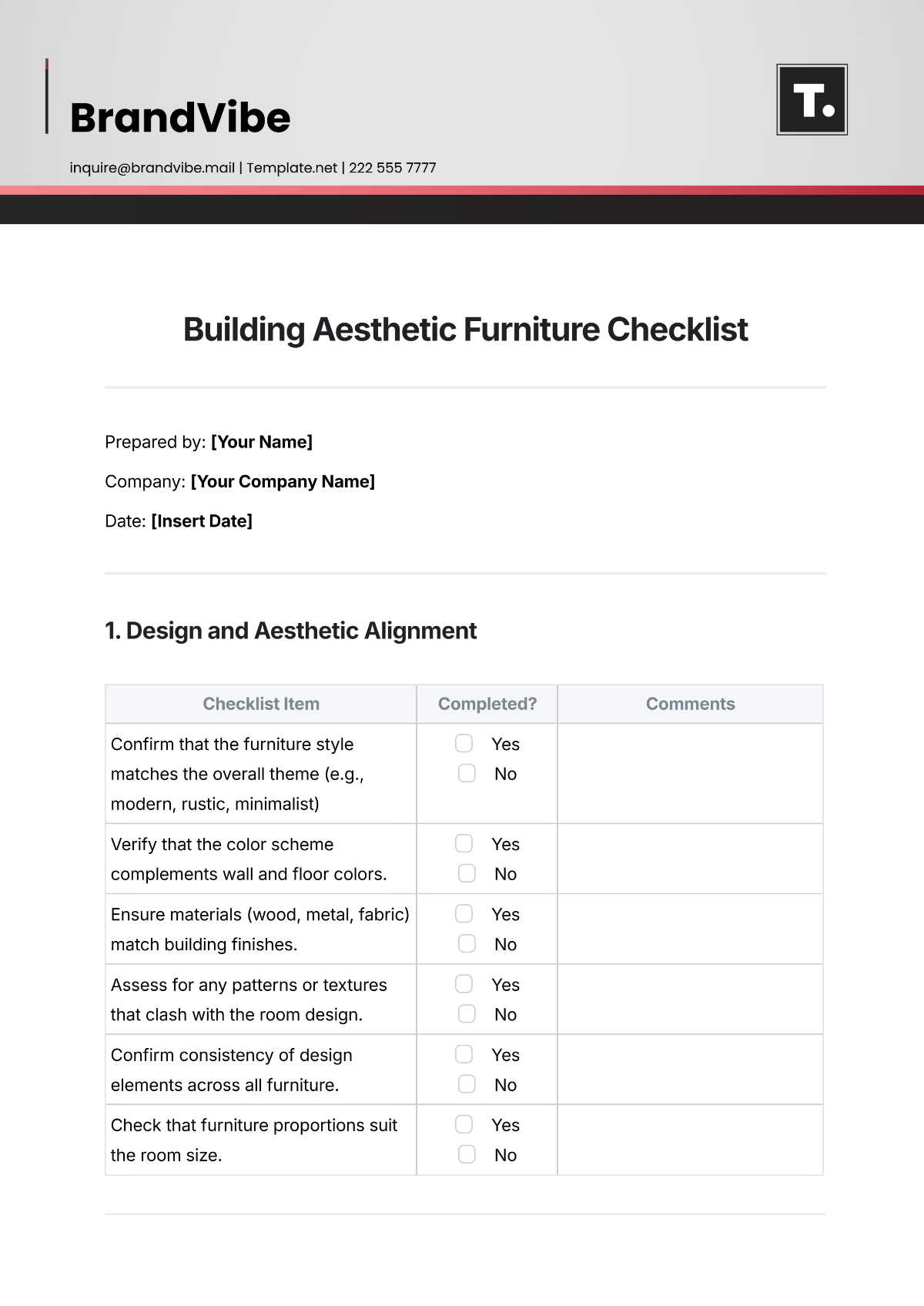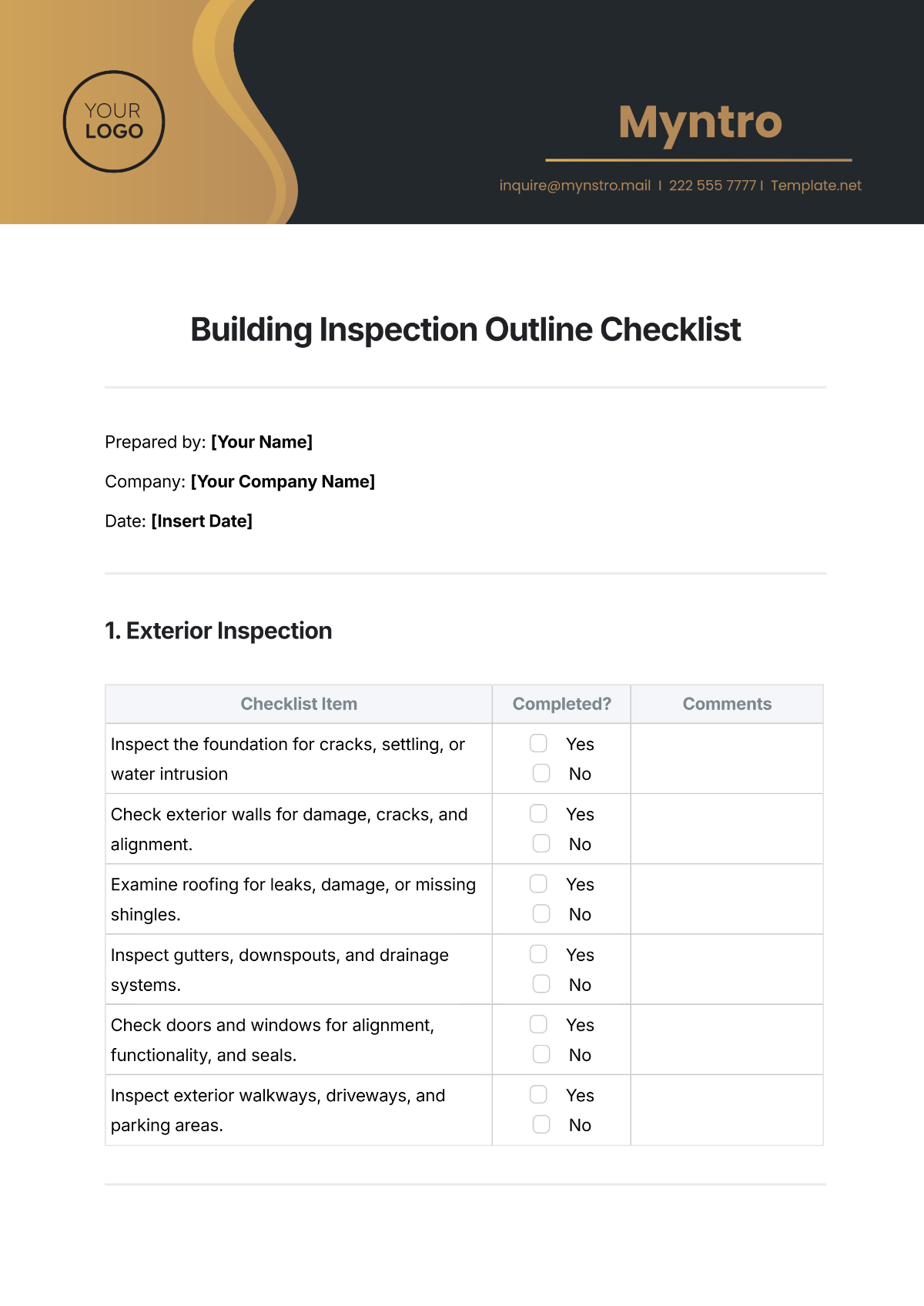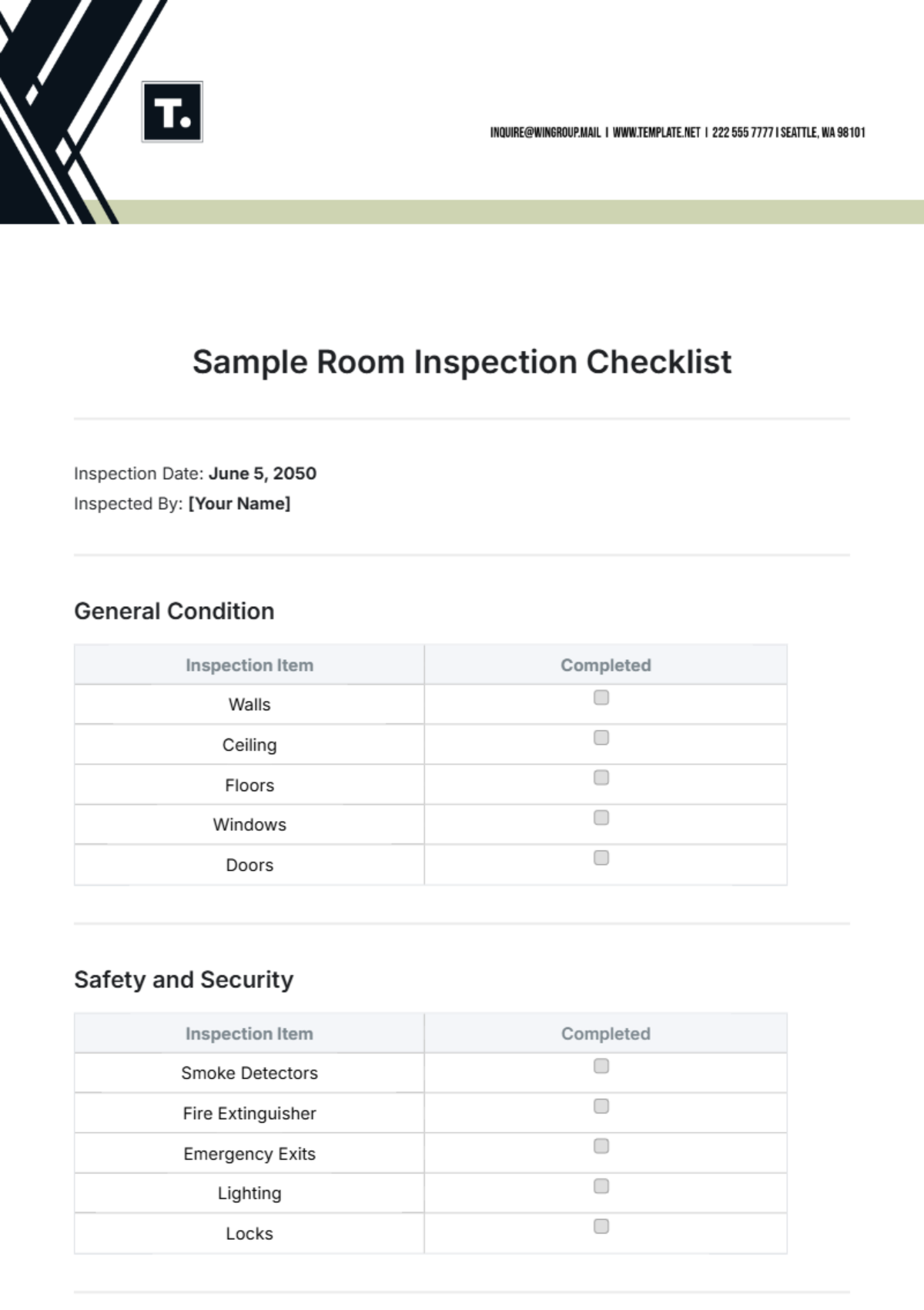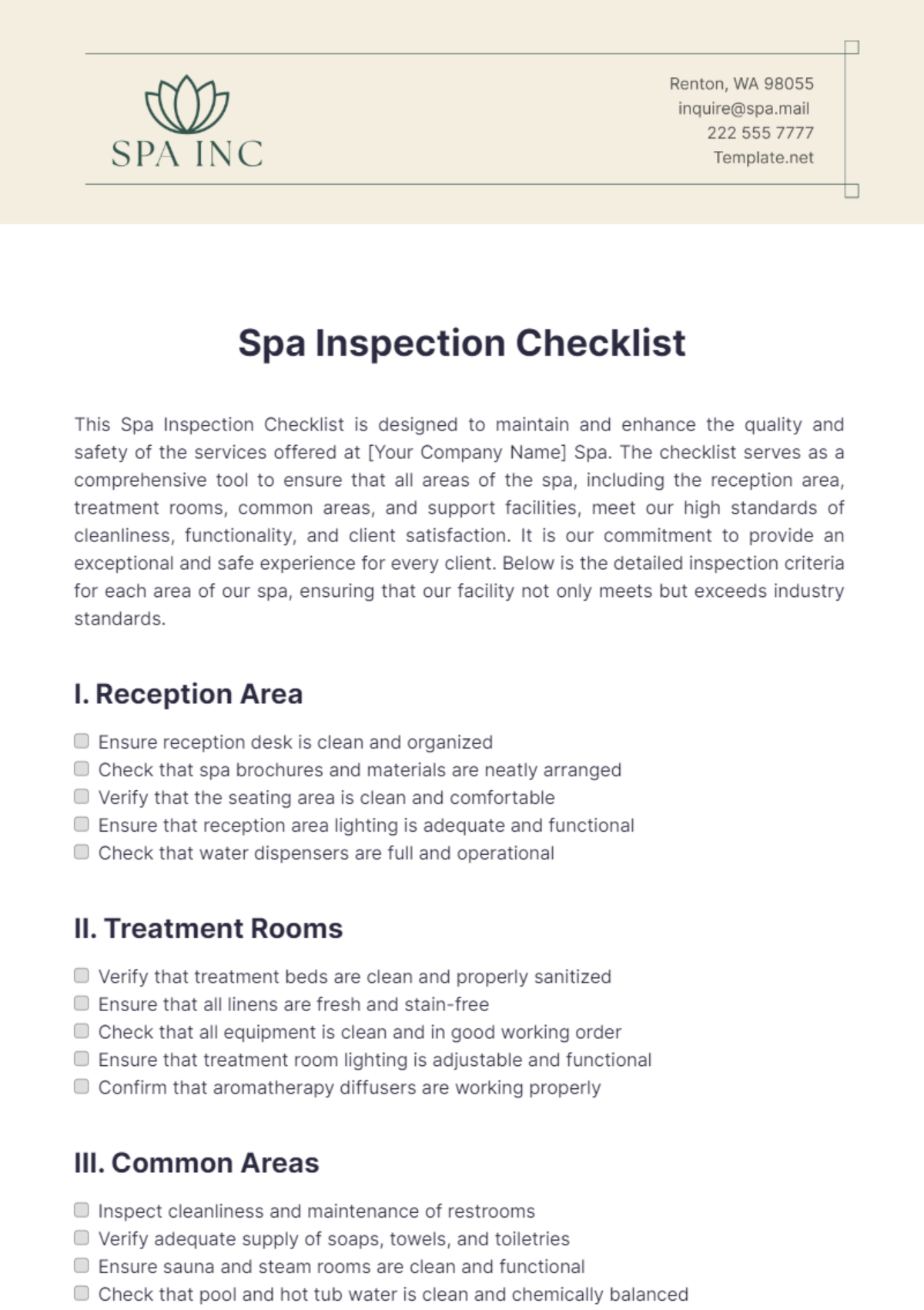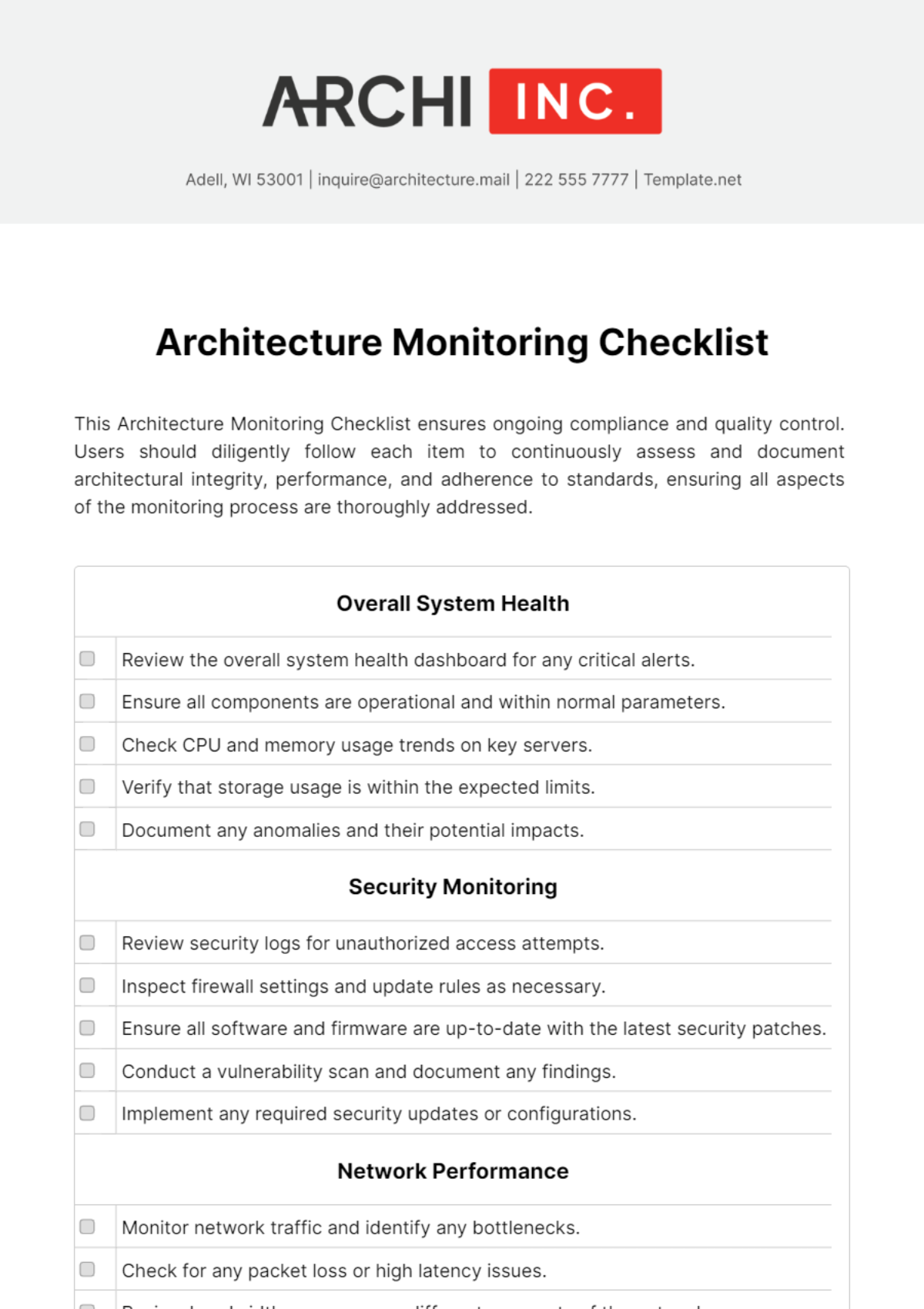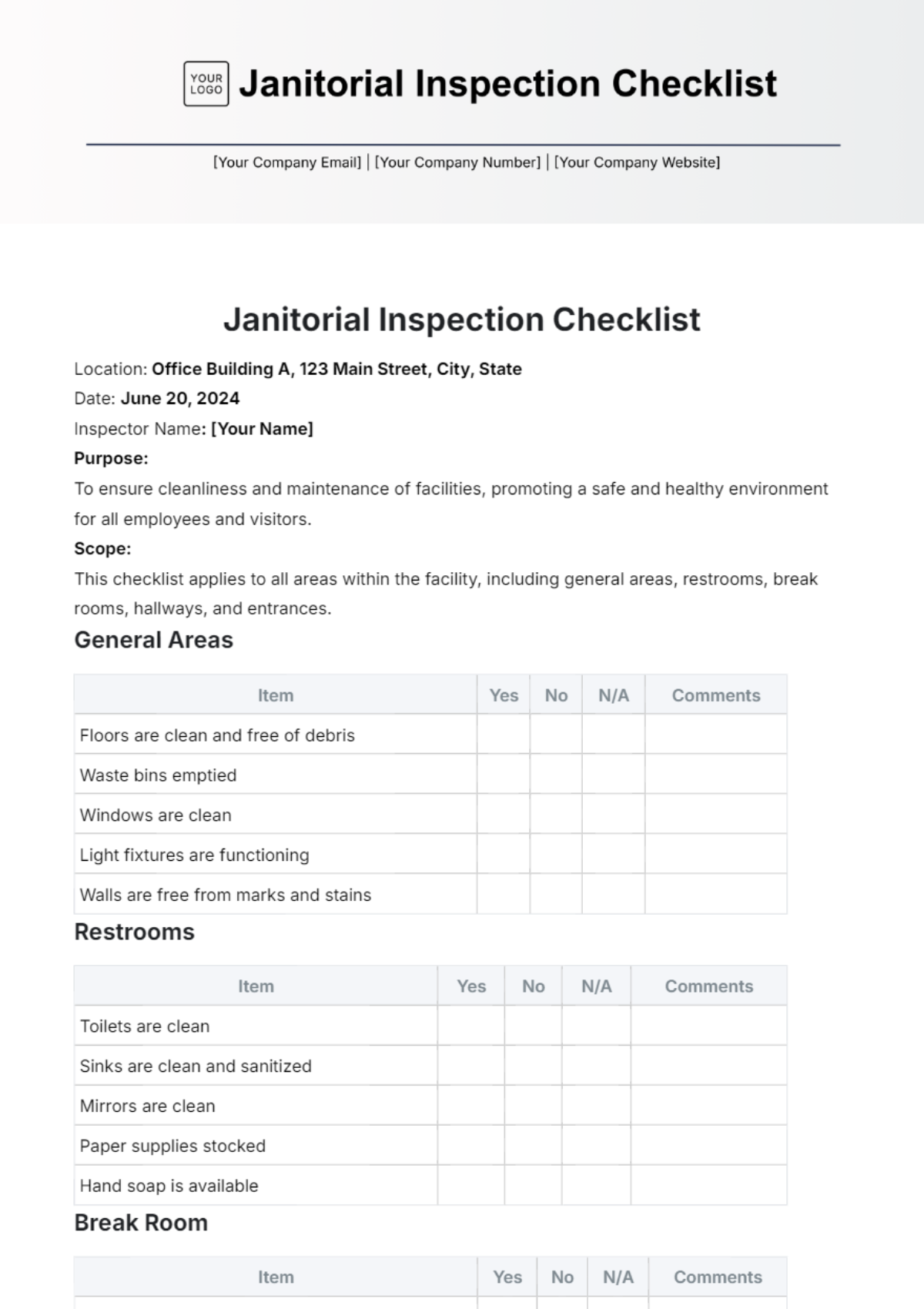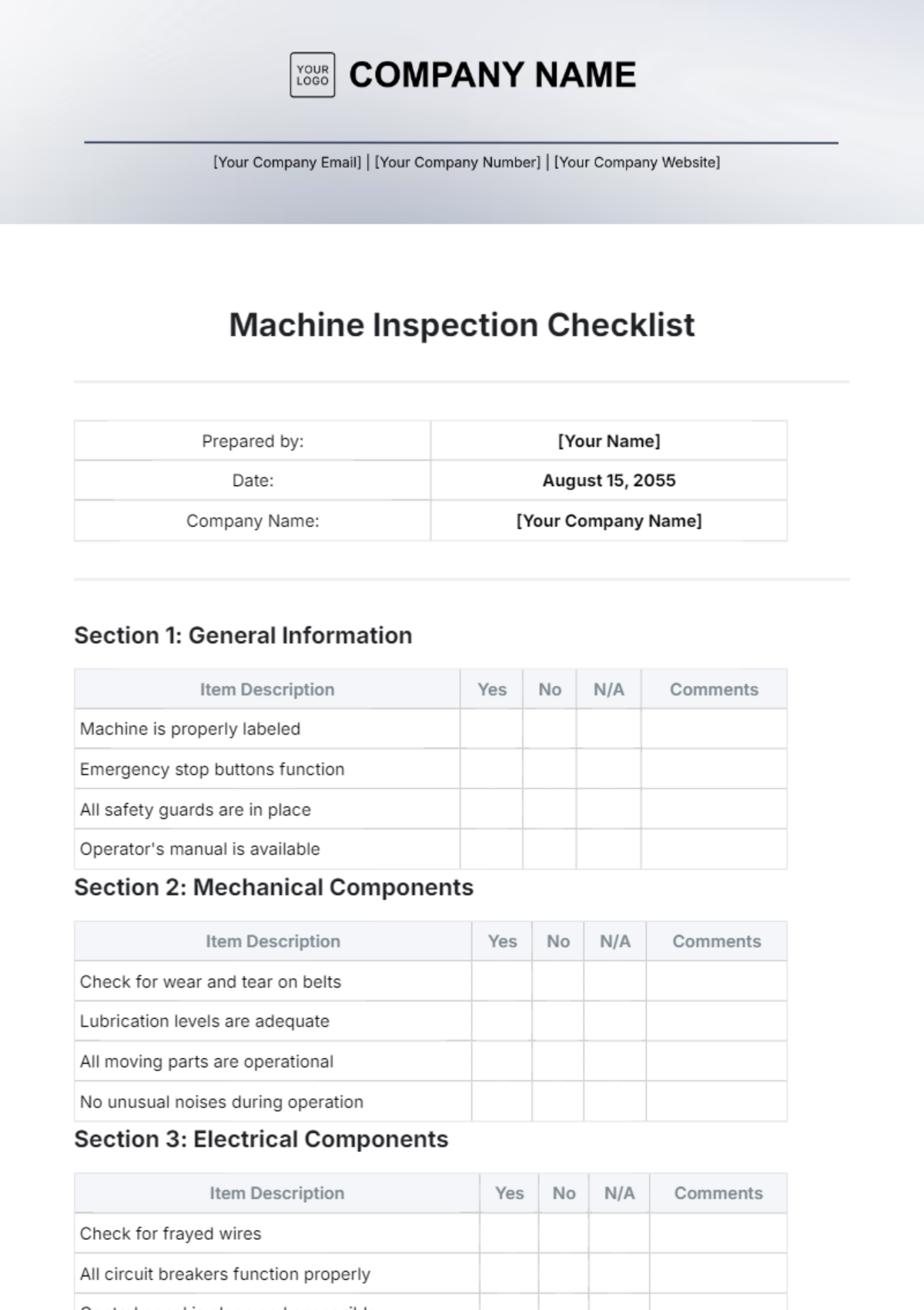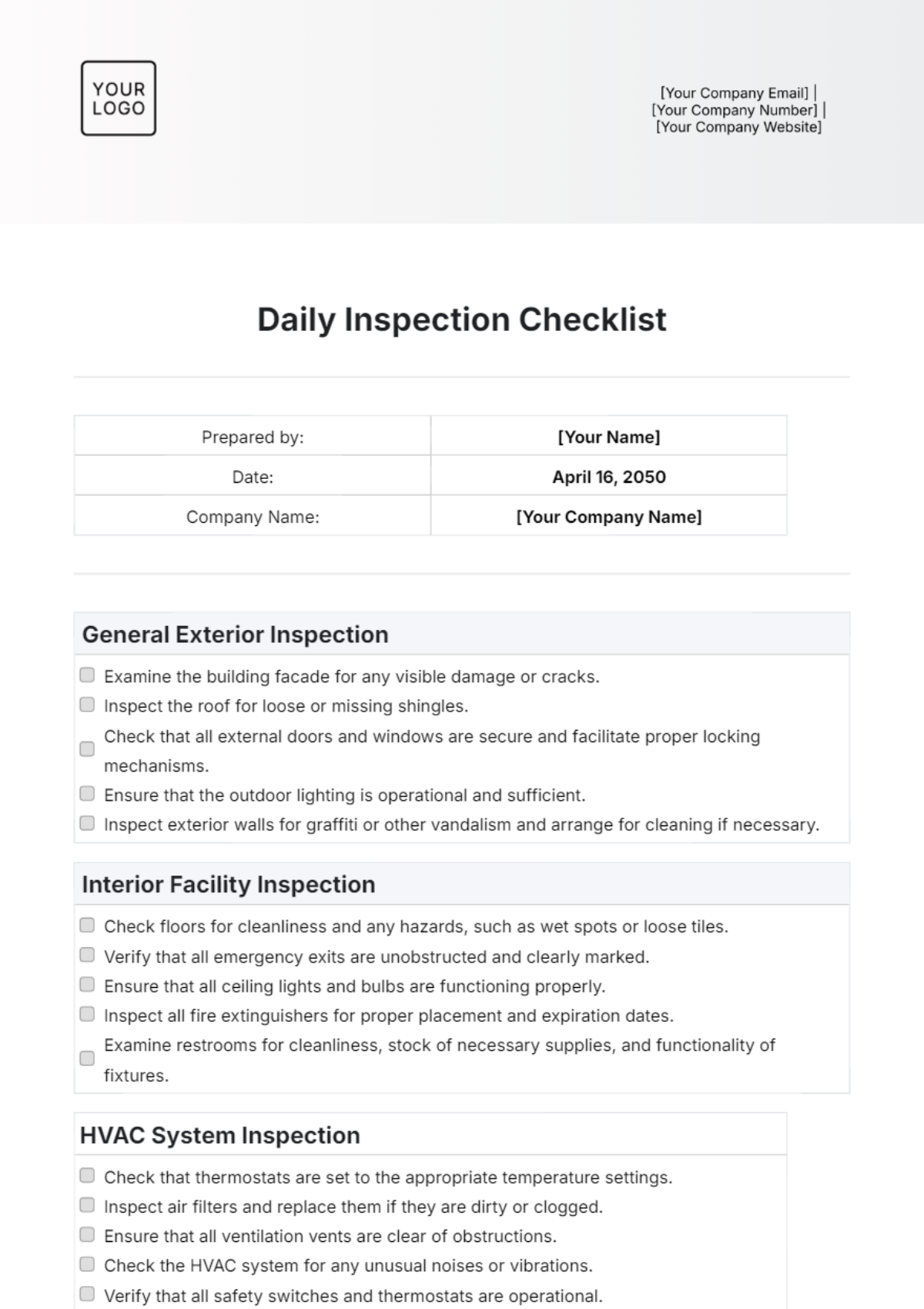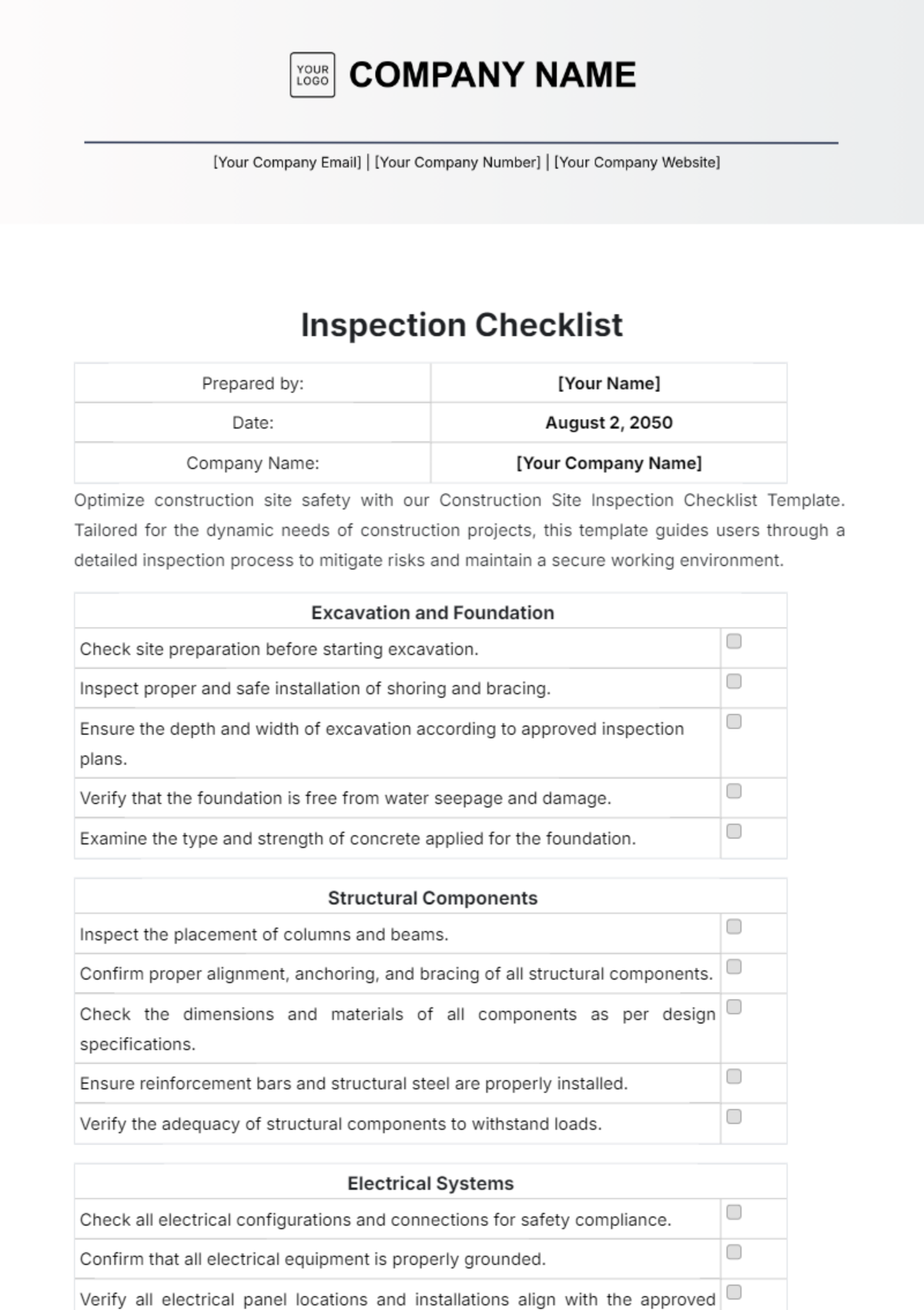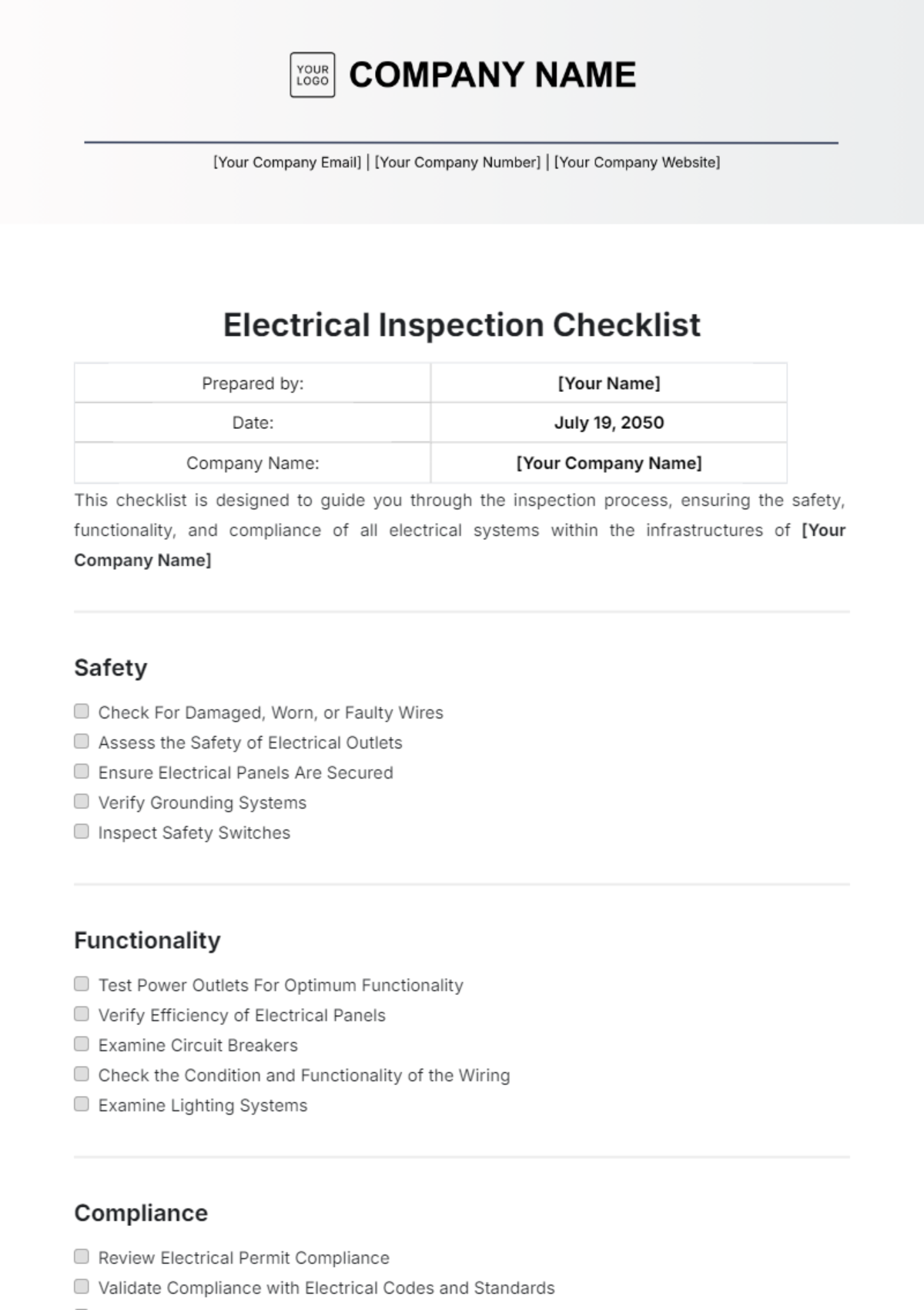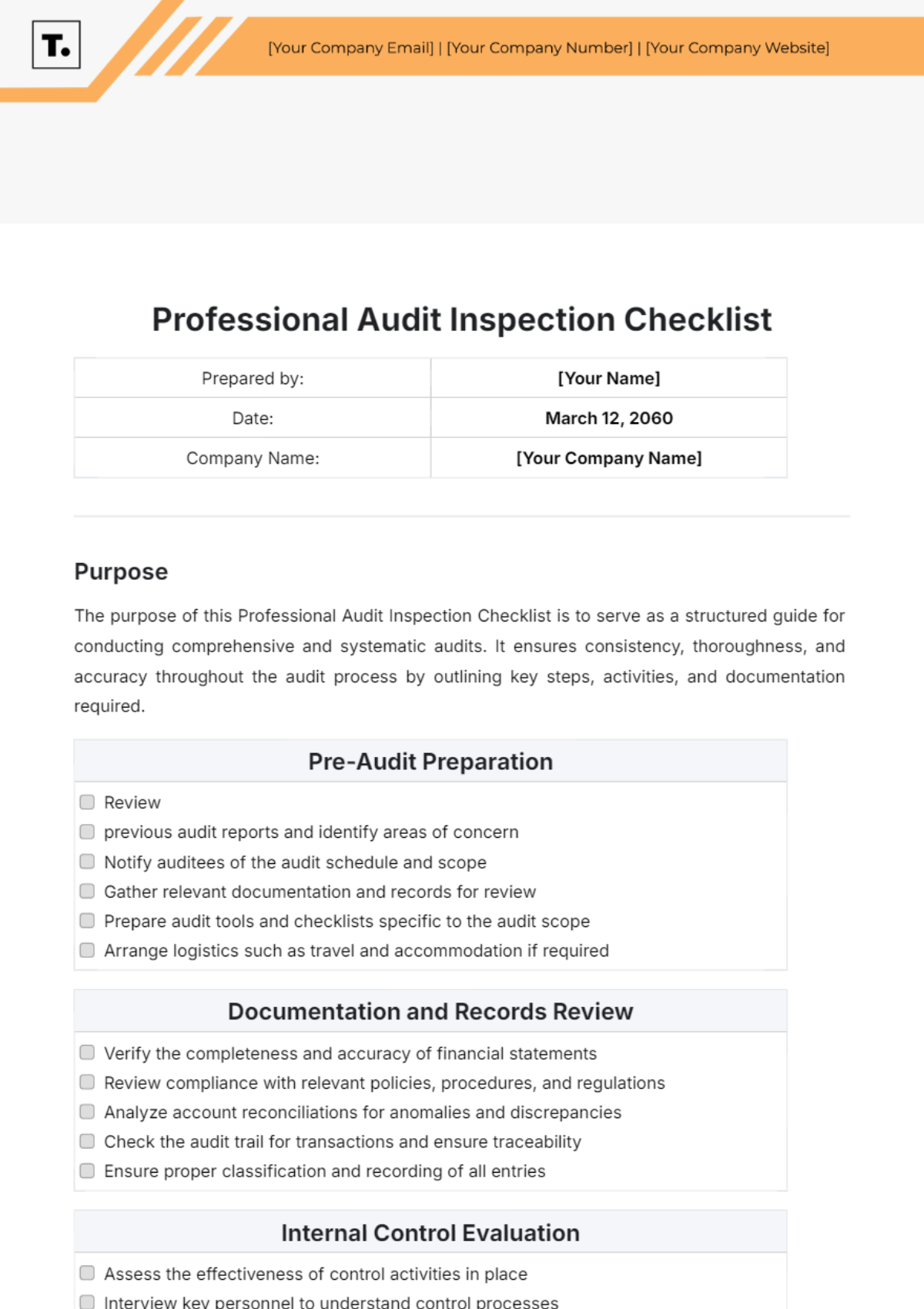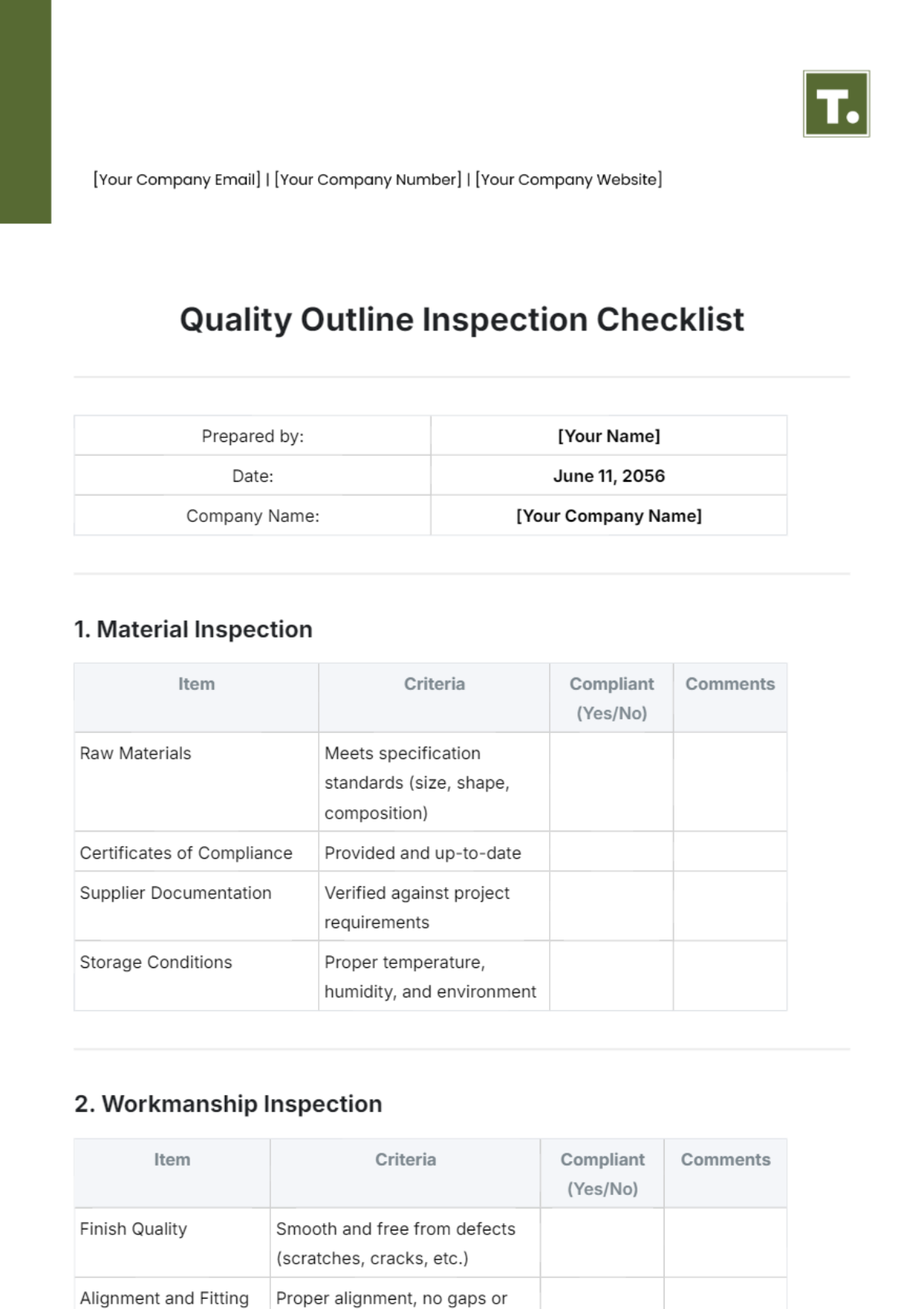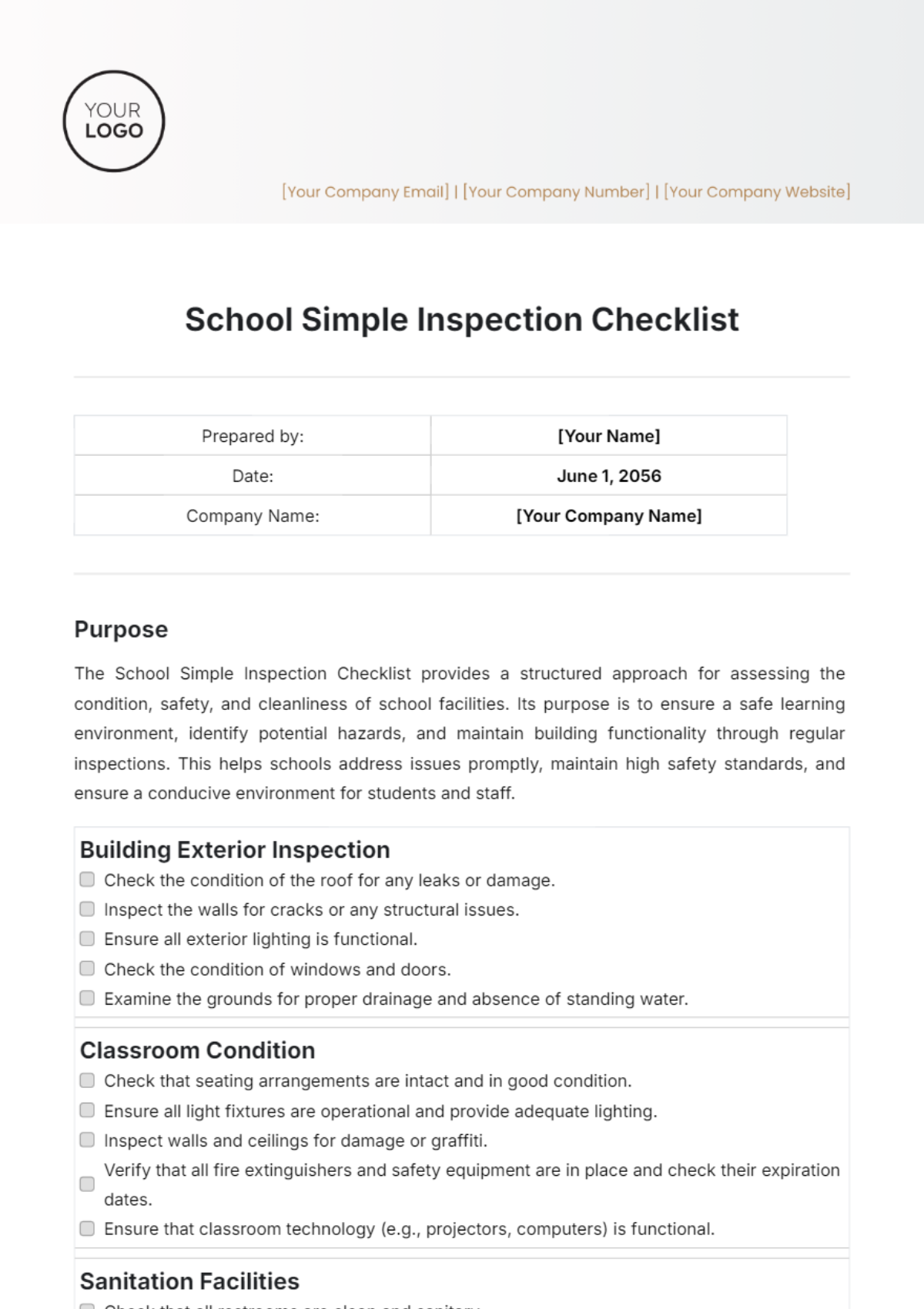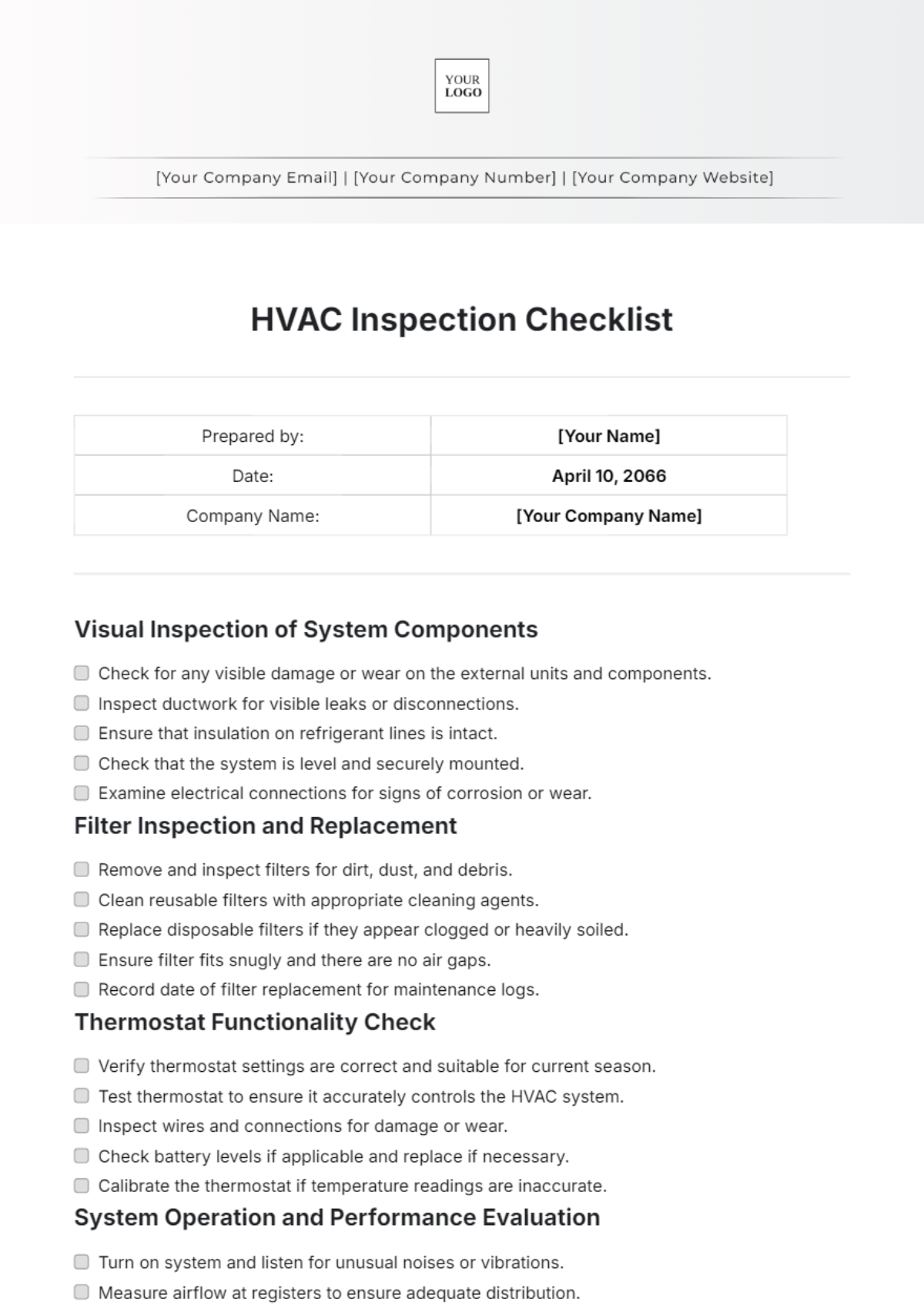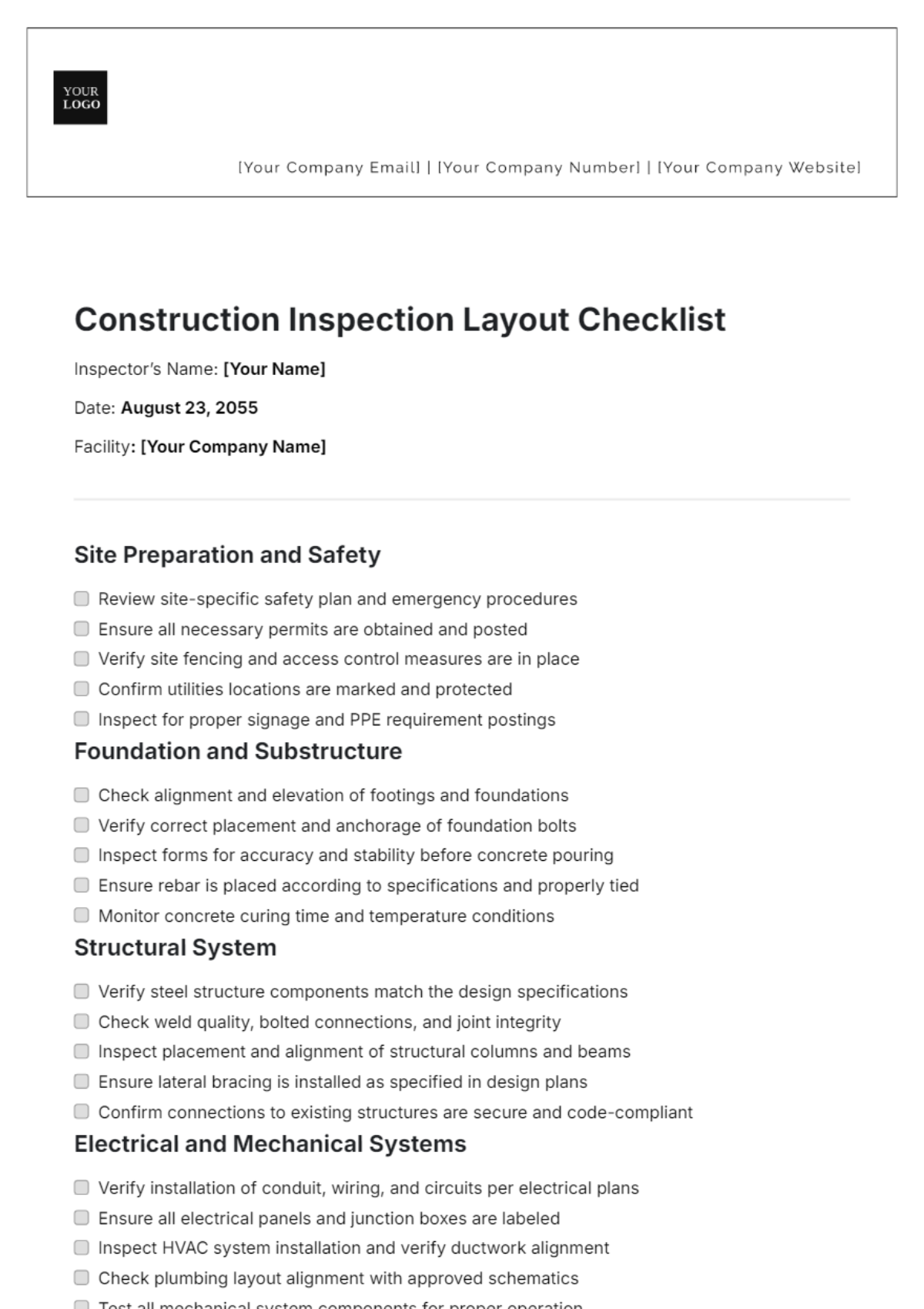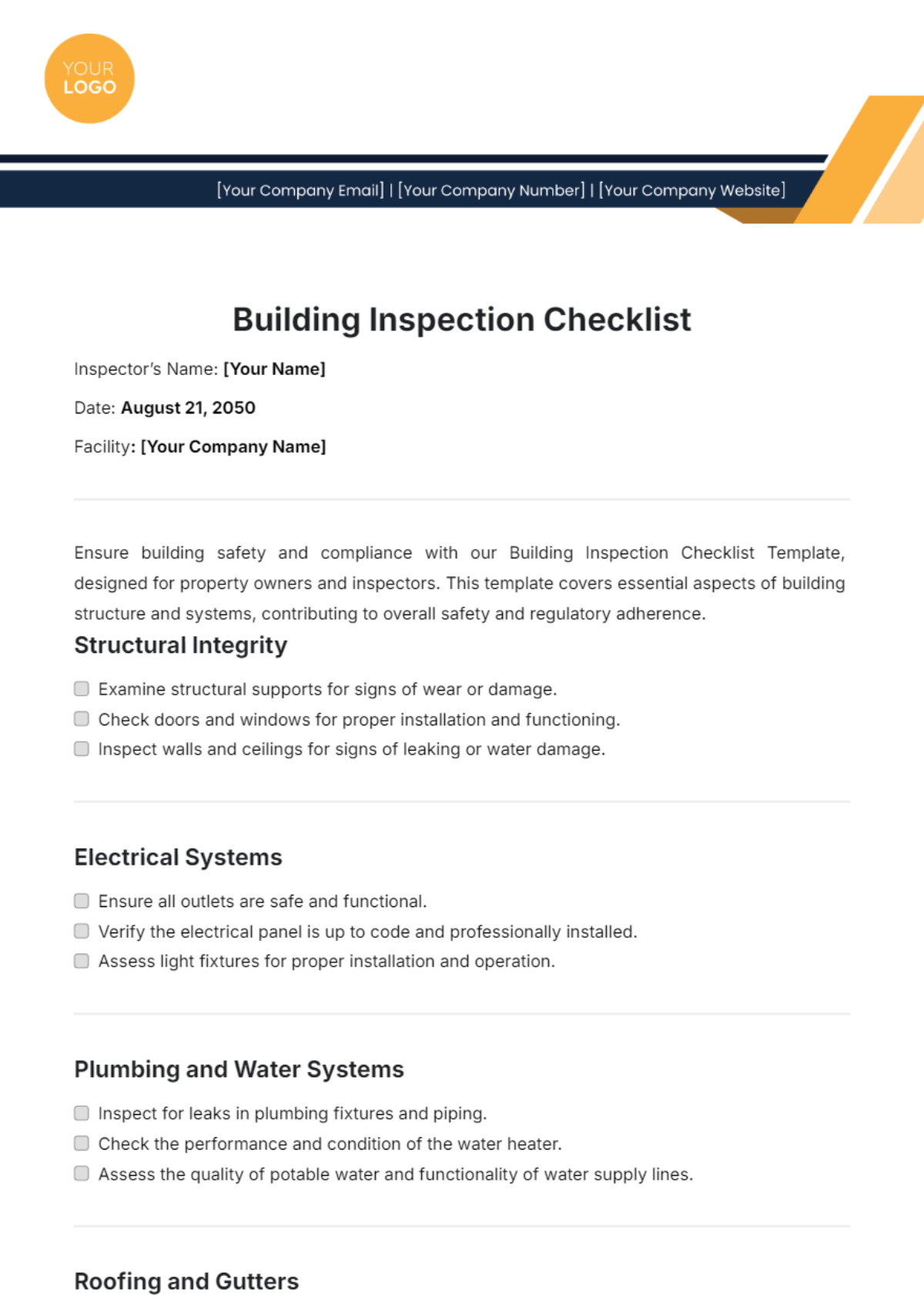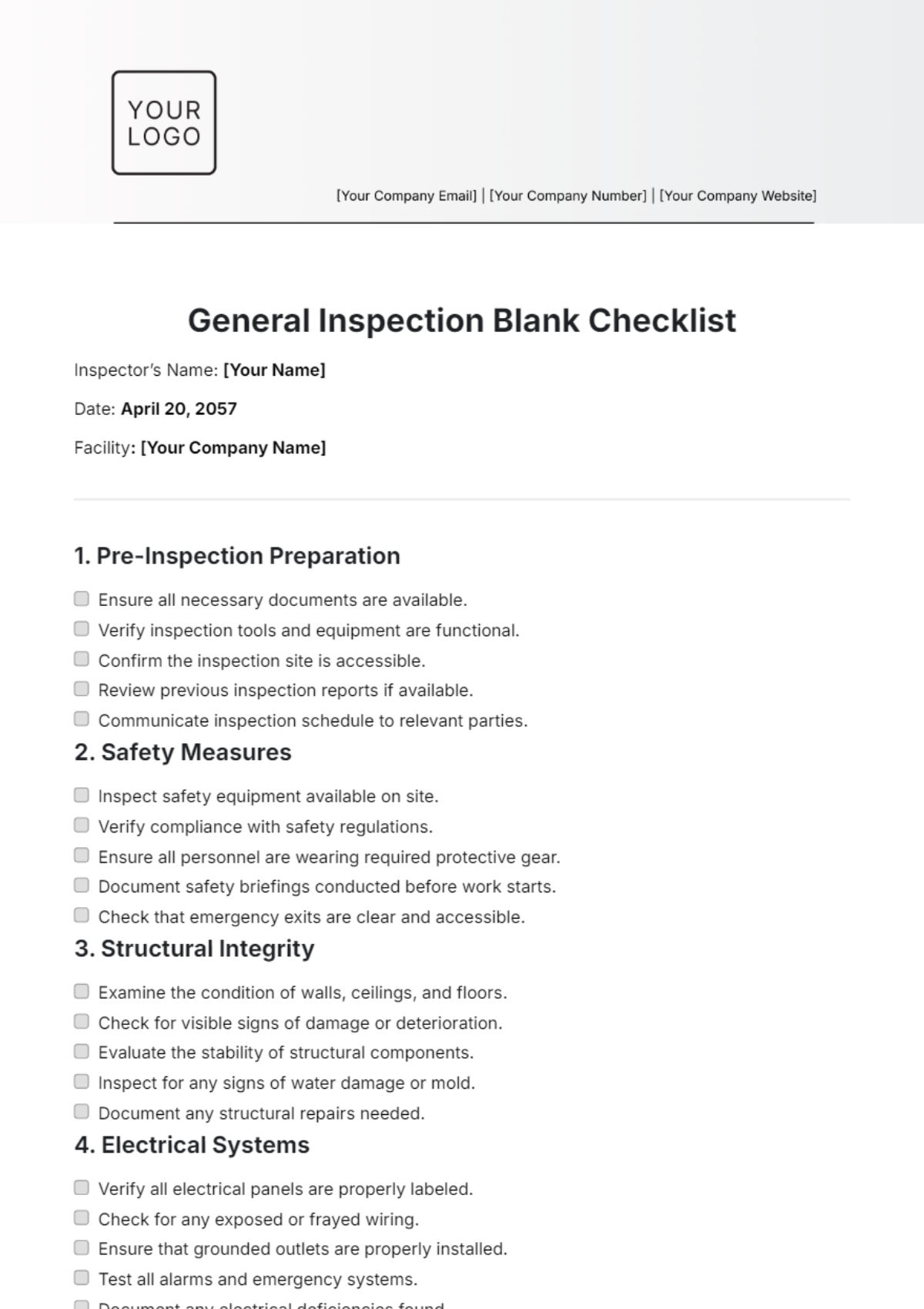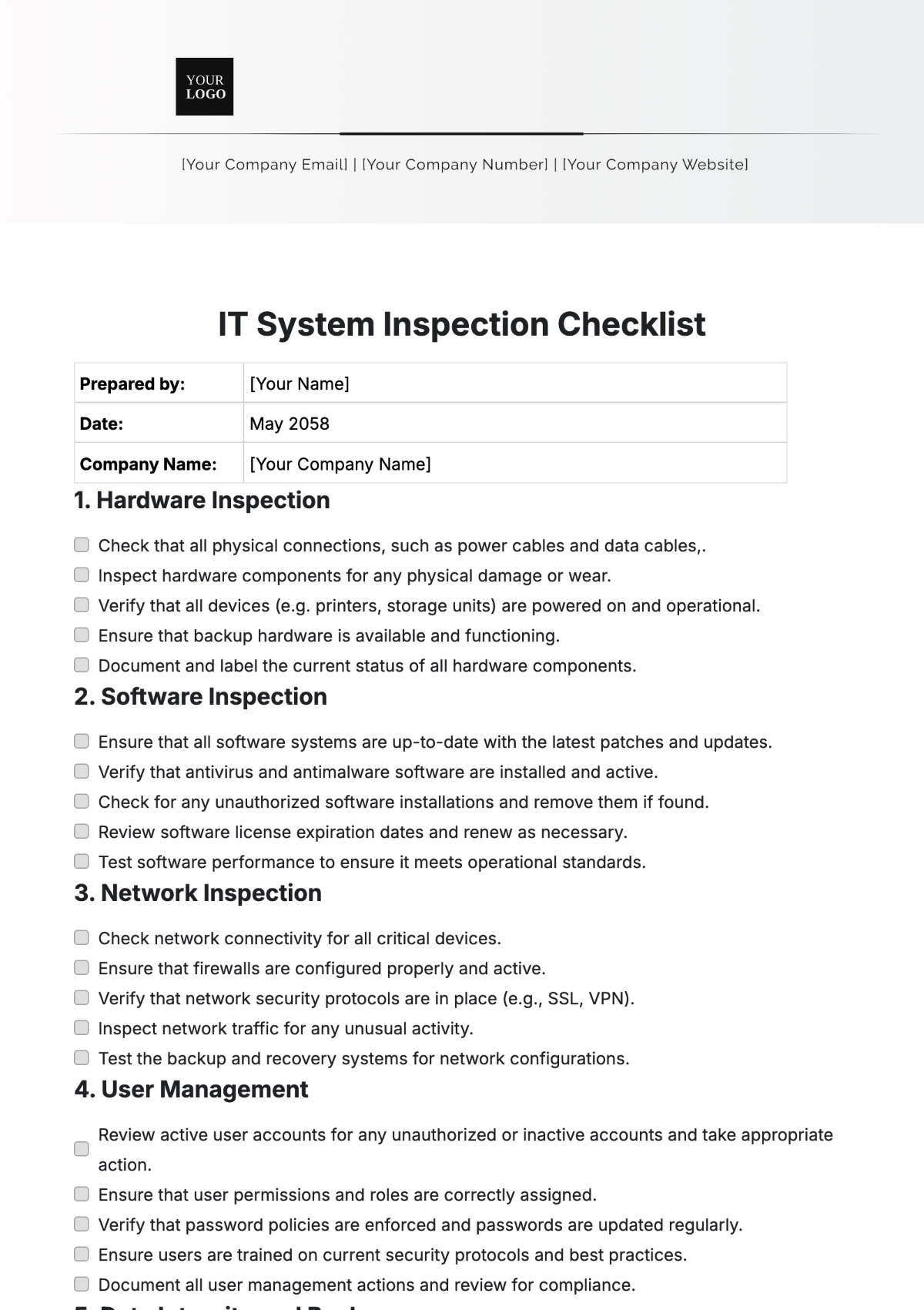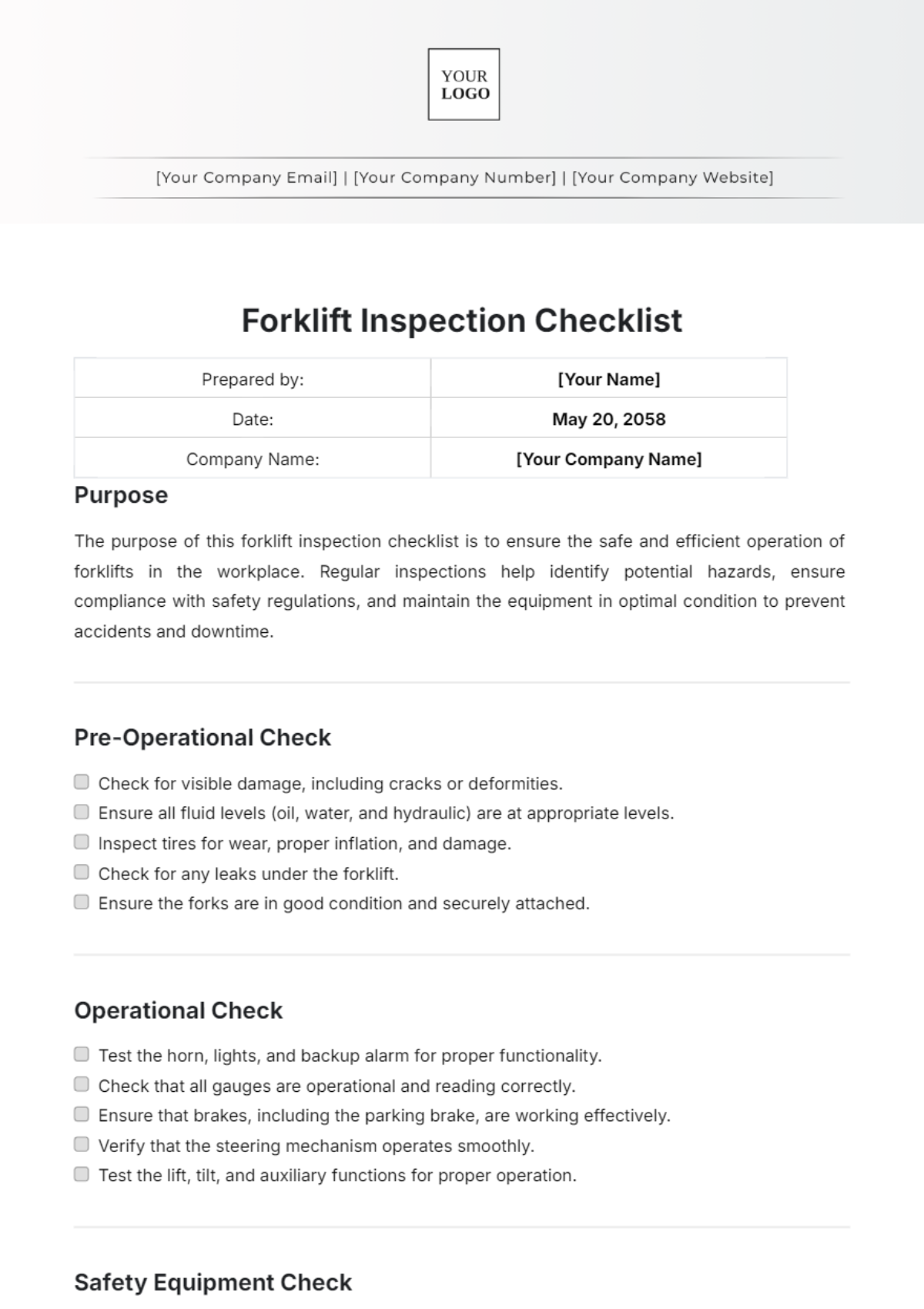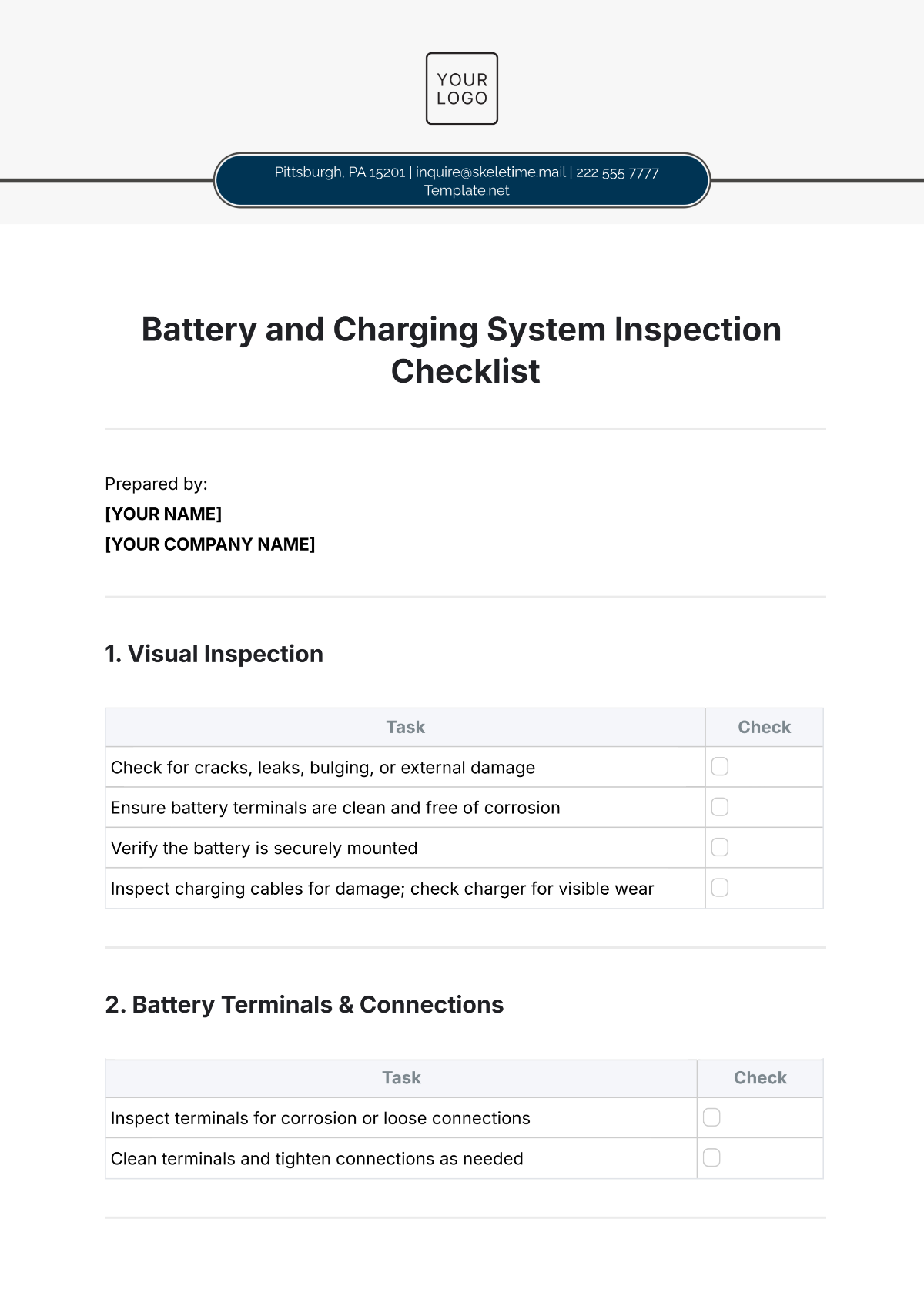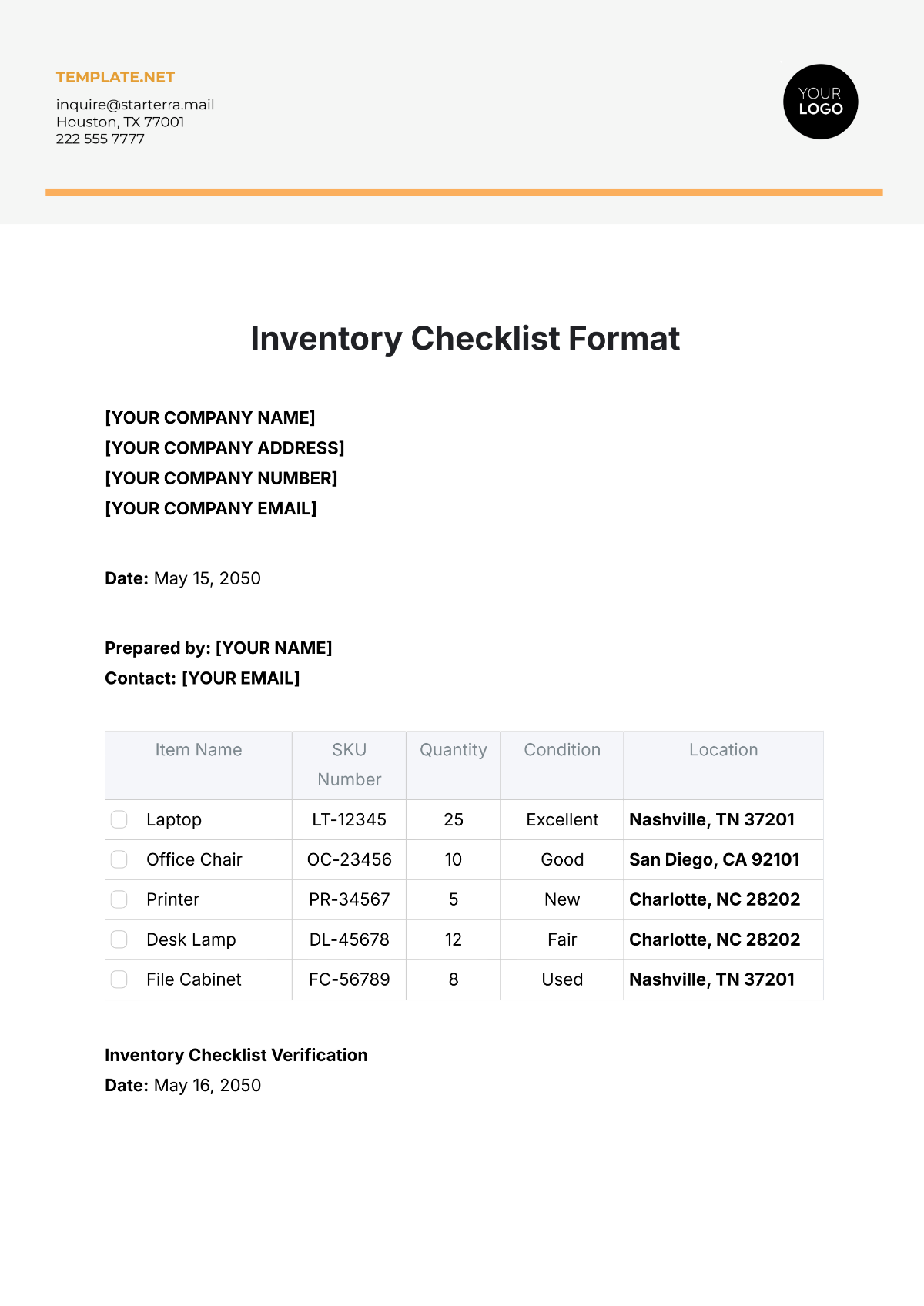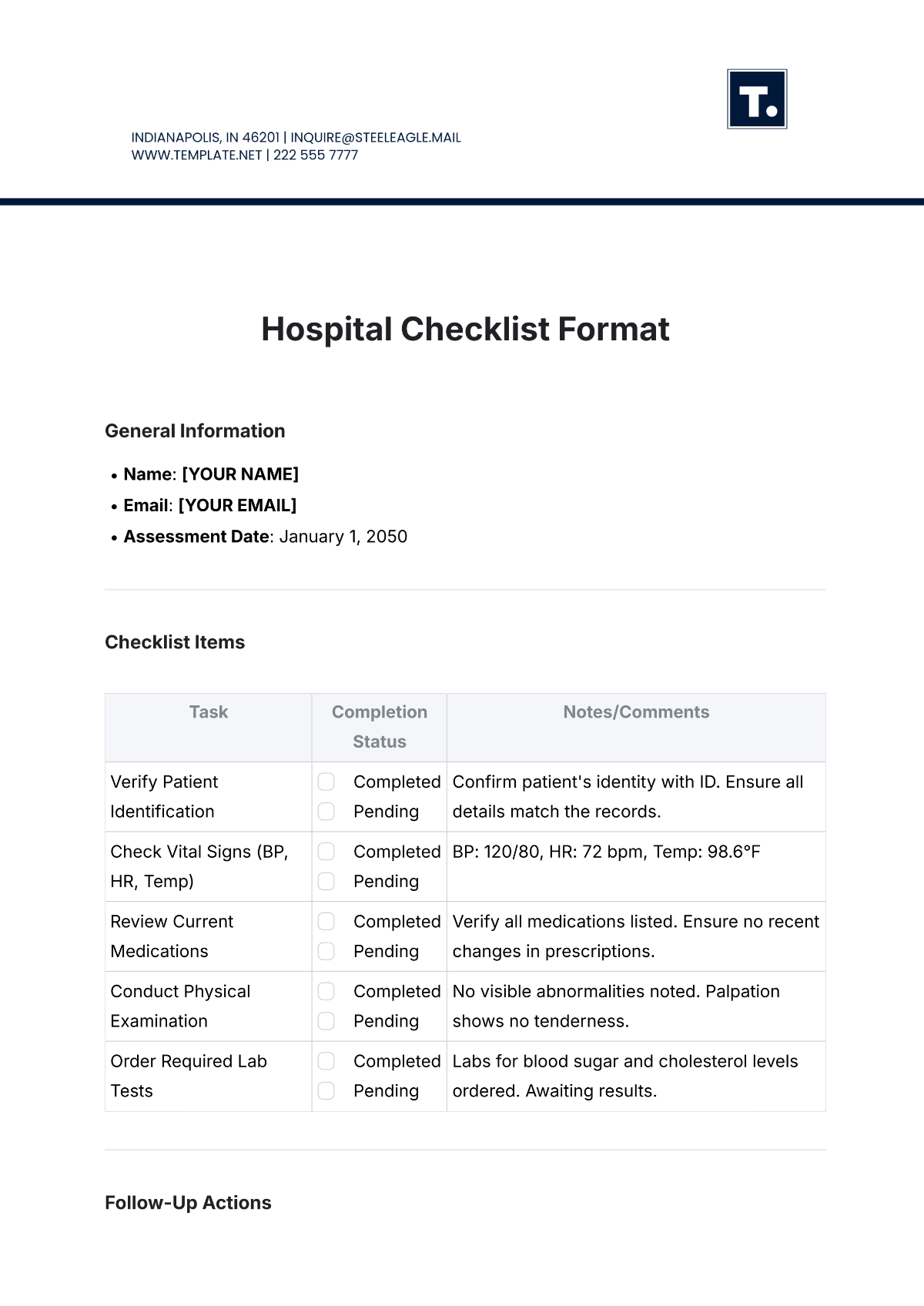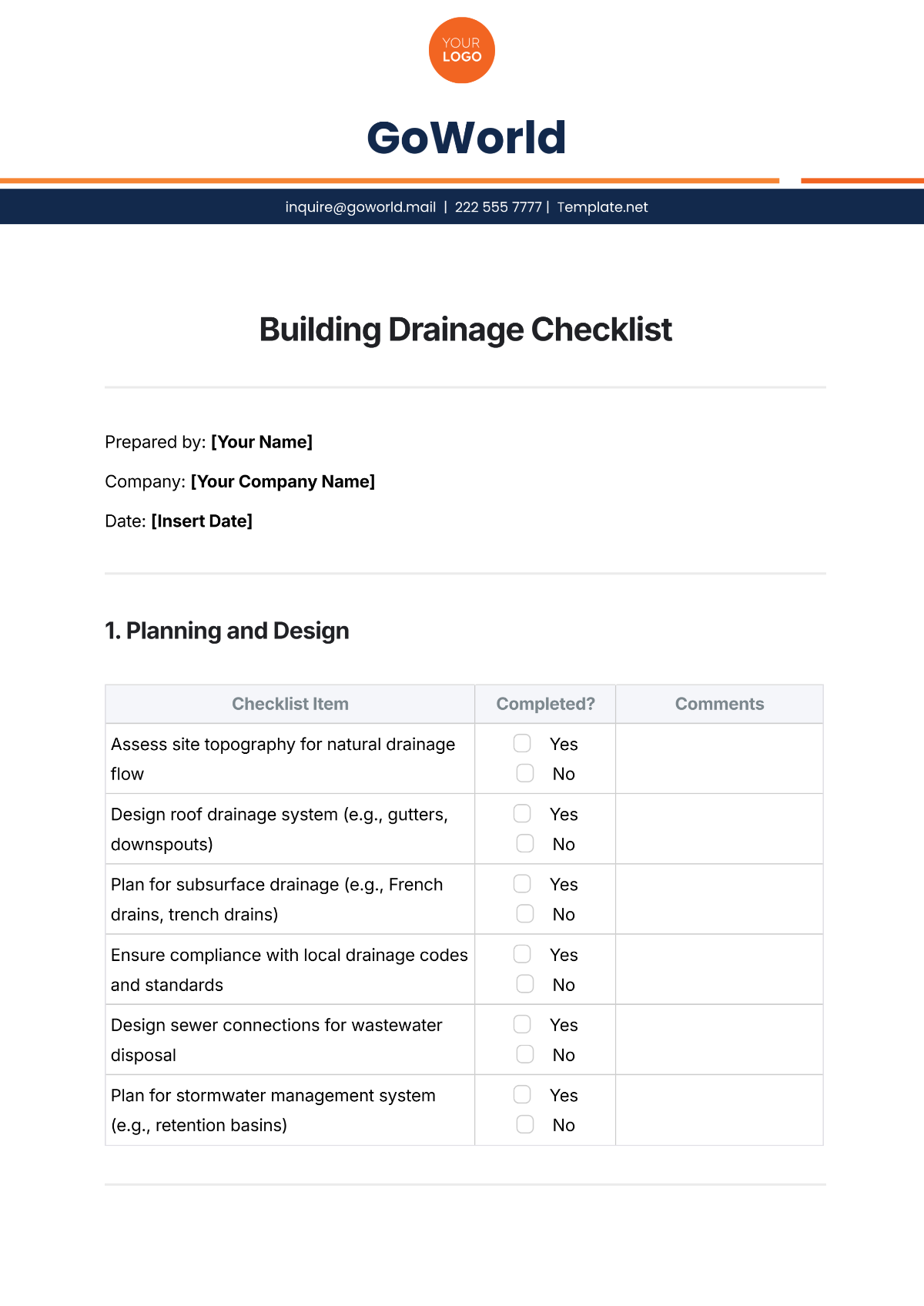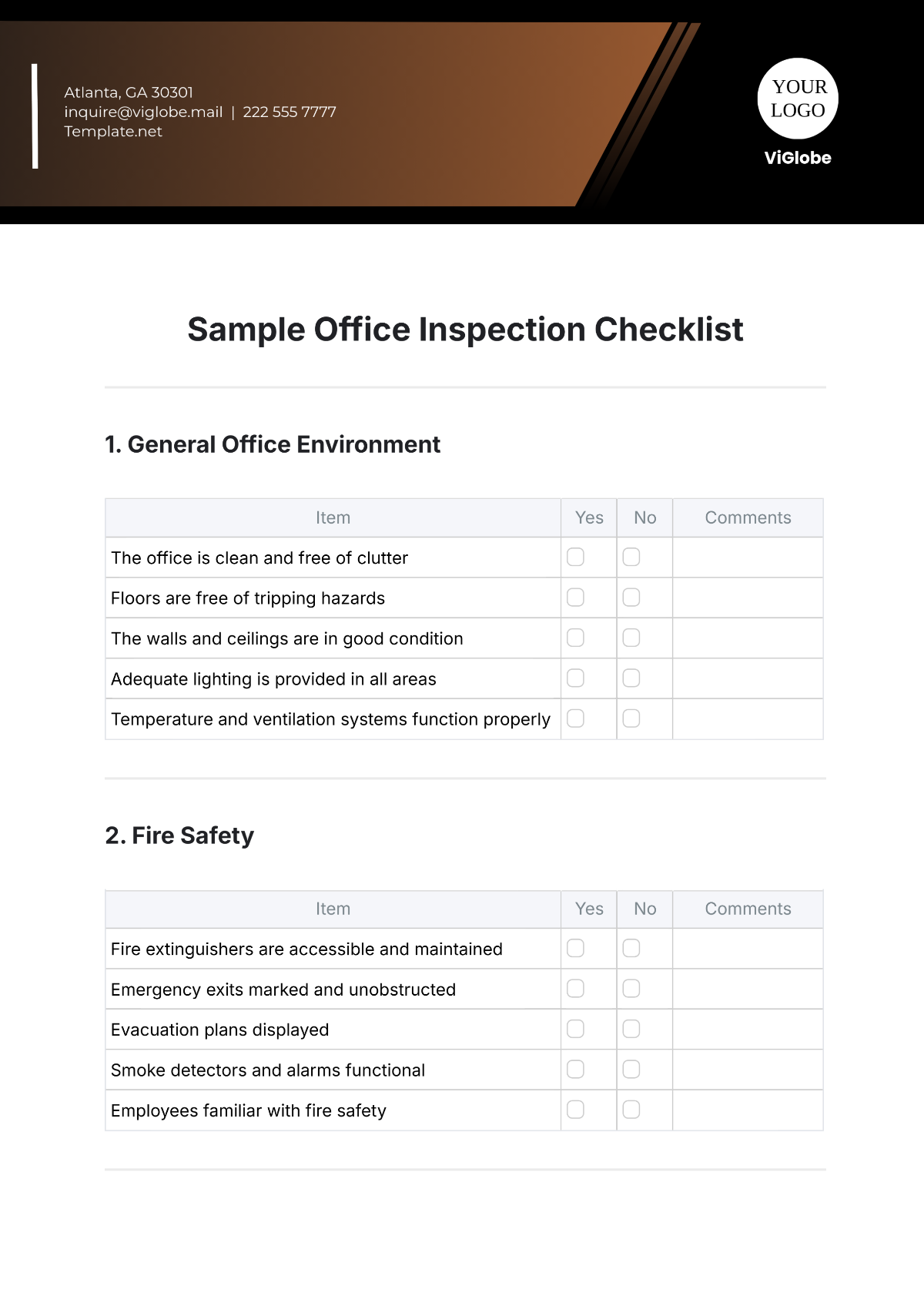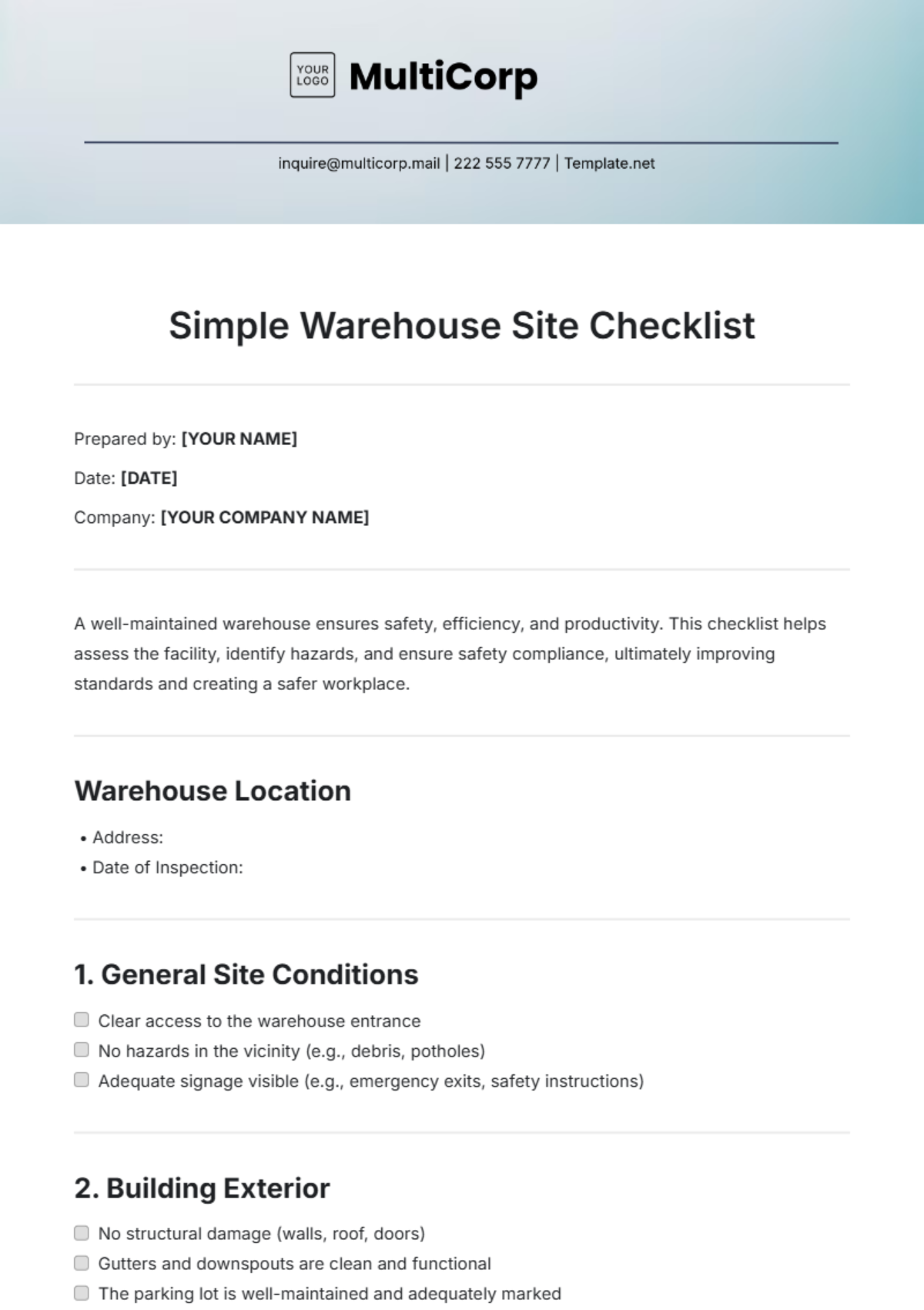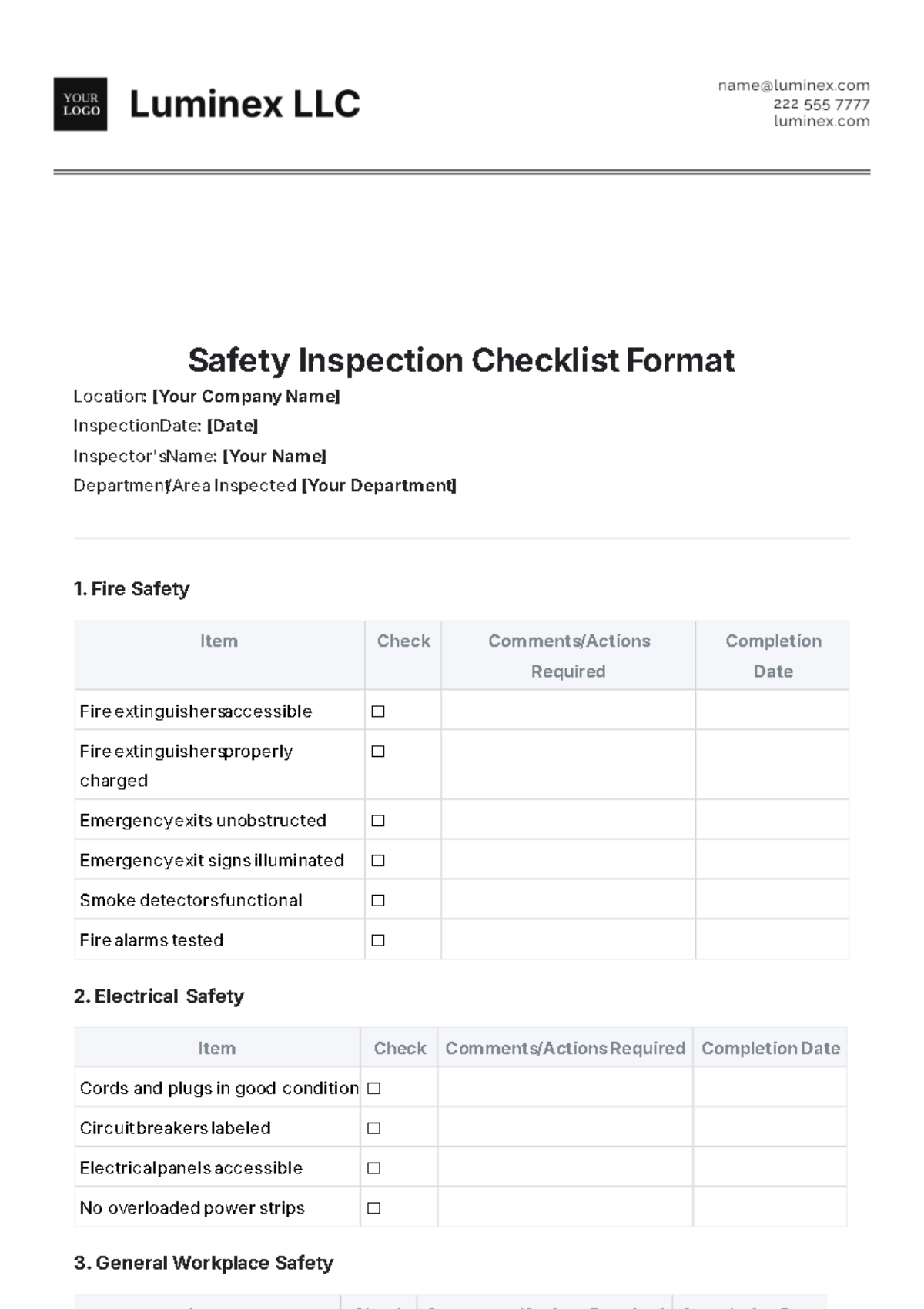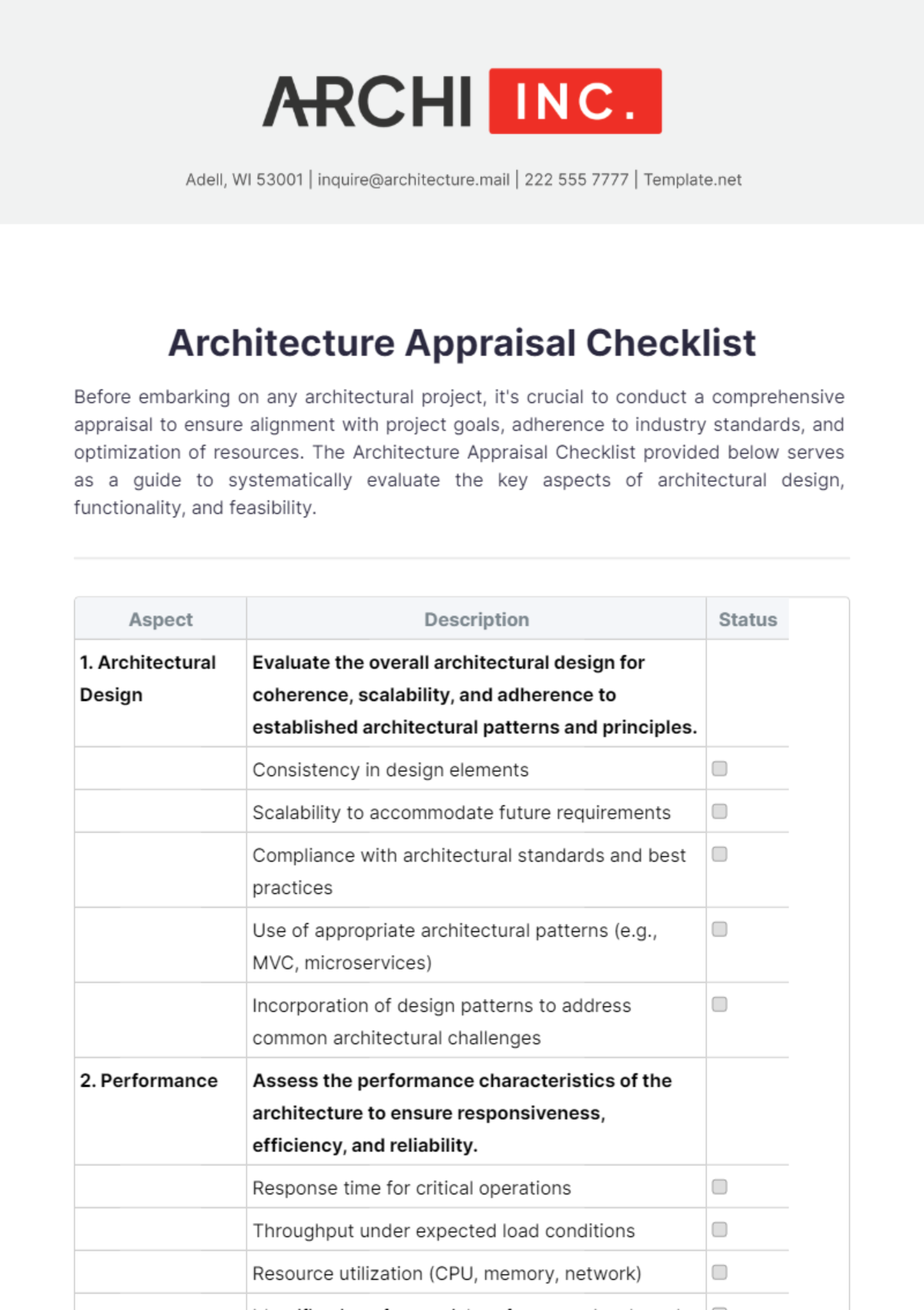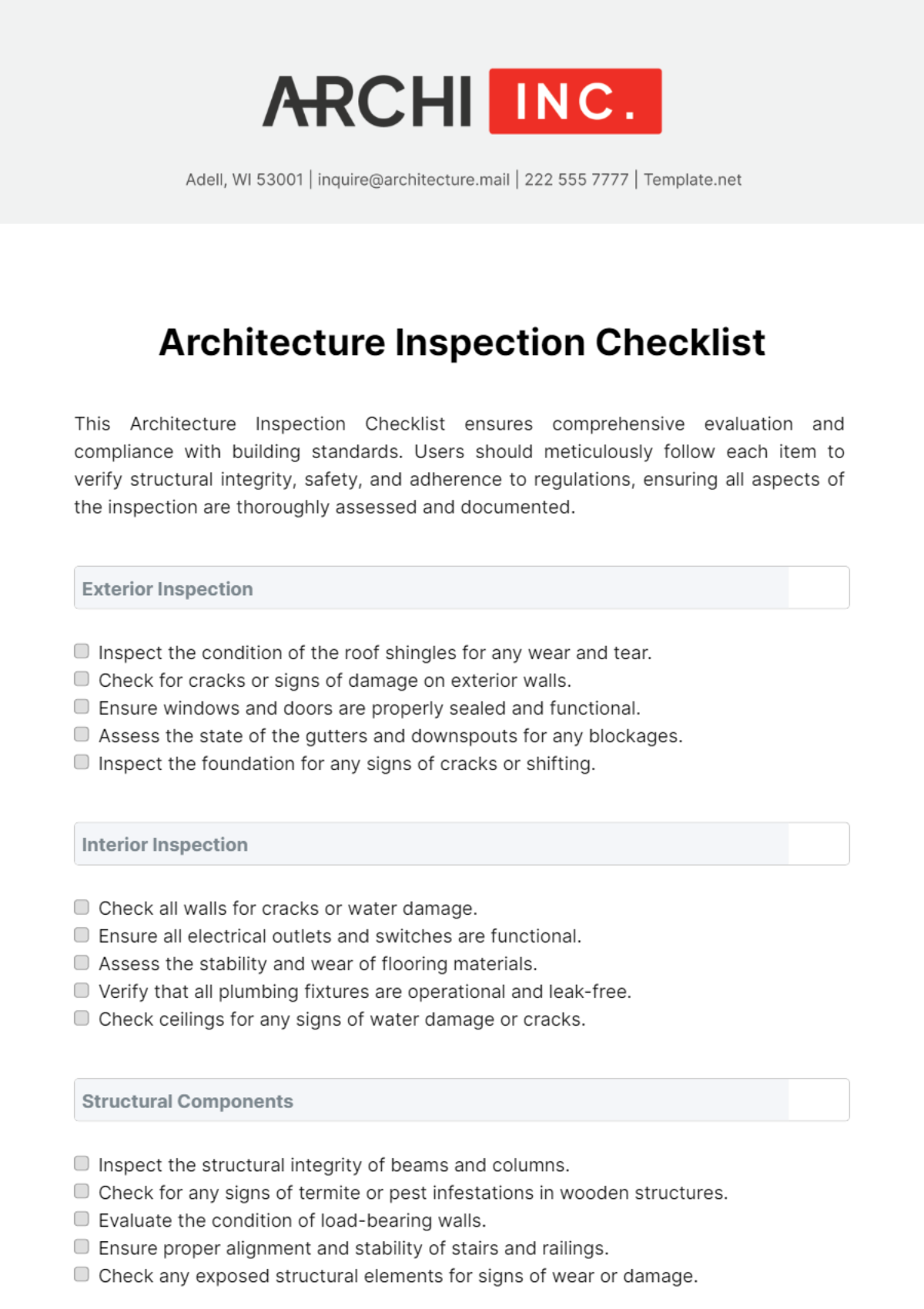Architecture Inspection Checklist
This Architecture Inspection Checklist ensures comprehensive evaluation and compliance with building standards. Users should meticulously follow each item to verify structural integrity, safety, and adherence to regulations, ensuring all aspects of the inspection are thoroughly assessed and documented.
Exterior Inspection |
|---|
Inspect the condition of the roof shingles for any wear and tear.
Check for cracks or signs of damage on exterior walls.
Ensure windows and doors are properly sealed and functional.
Assess the state of the gutters and downspouts for any blockages.
Inspect the foundation for any signs of cracks or shifting.
Interior Inspection |
|---|
Check all walls for cracks or water damage.
Ensure all electrical outlets and switches are functional.
Assess the stability and wear of flooring materials.
Verify that all plumbing fixtures are operational and leak-free.
Check ceilings for any signs of water damage or cracks.
Structural Components |
|---|
Inspect the structural integrity of beams and columns.
Check for any signs of termite or pest infestations in wooden structures.
Evaluate the condition of load-bearing walls.
Ensure proper alignment and stability of stairs and railings.
Check any exposed structural elements for signs of wear or damage.
Safety and Compliance |
|---|
Verify that smoke and carbon monoxide detectors are functional.
Check that fire extinguishers are present and up-to-date.
Ensure all emergency exits are accessible and clearly marked.
Inspect electrical panels for proper labeling and safety compliance.
Ensure compliance with local building codes and regulations.
Documentation and Reporting |
|---|
Document any issues or defects found during the inspection.
Take detailed photographs of any areas of concern.
Prepare a comprehensive report summarizing findings and recommendations.
Ensure all documentation is organized and stored properly.
Discuss the inspection report with relevant stakeholders.
